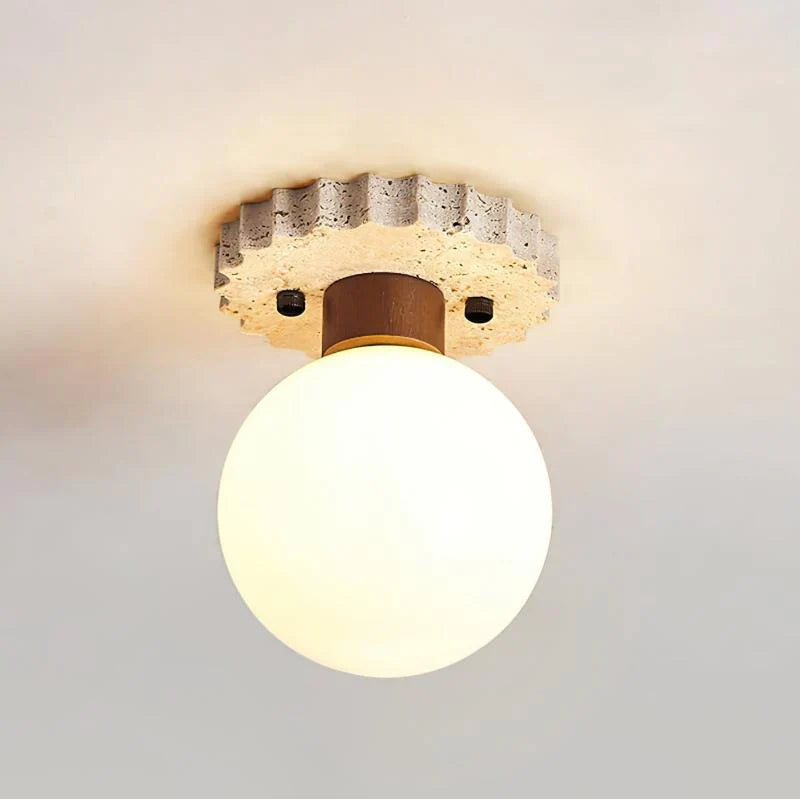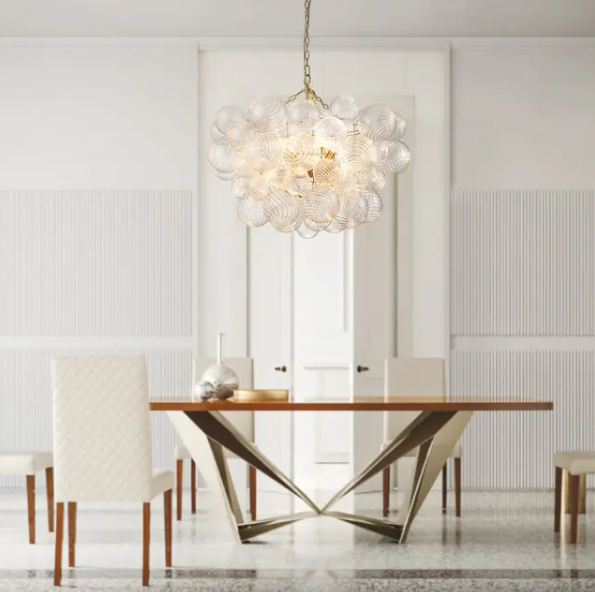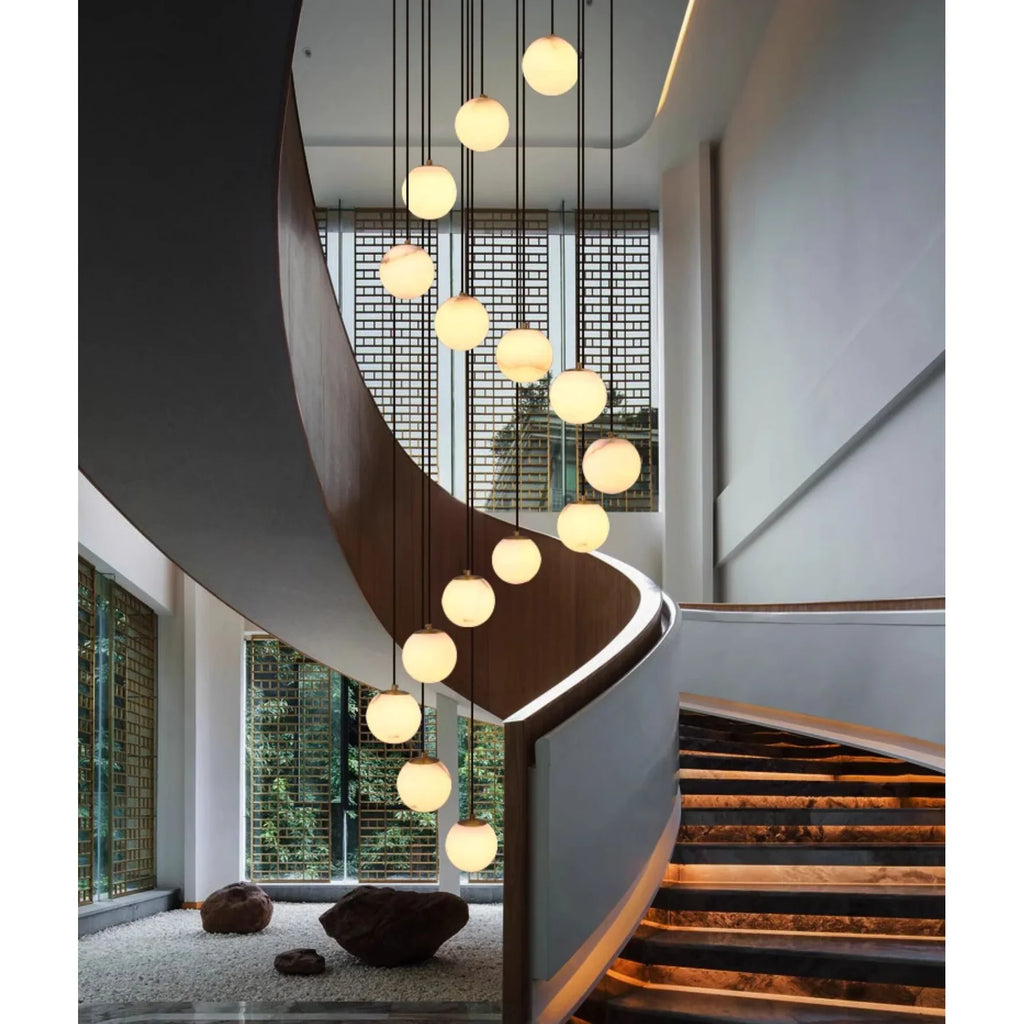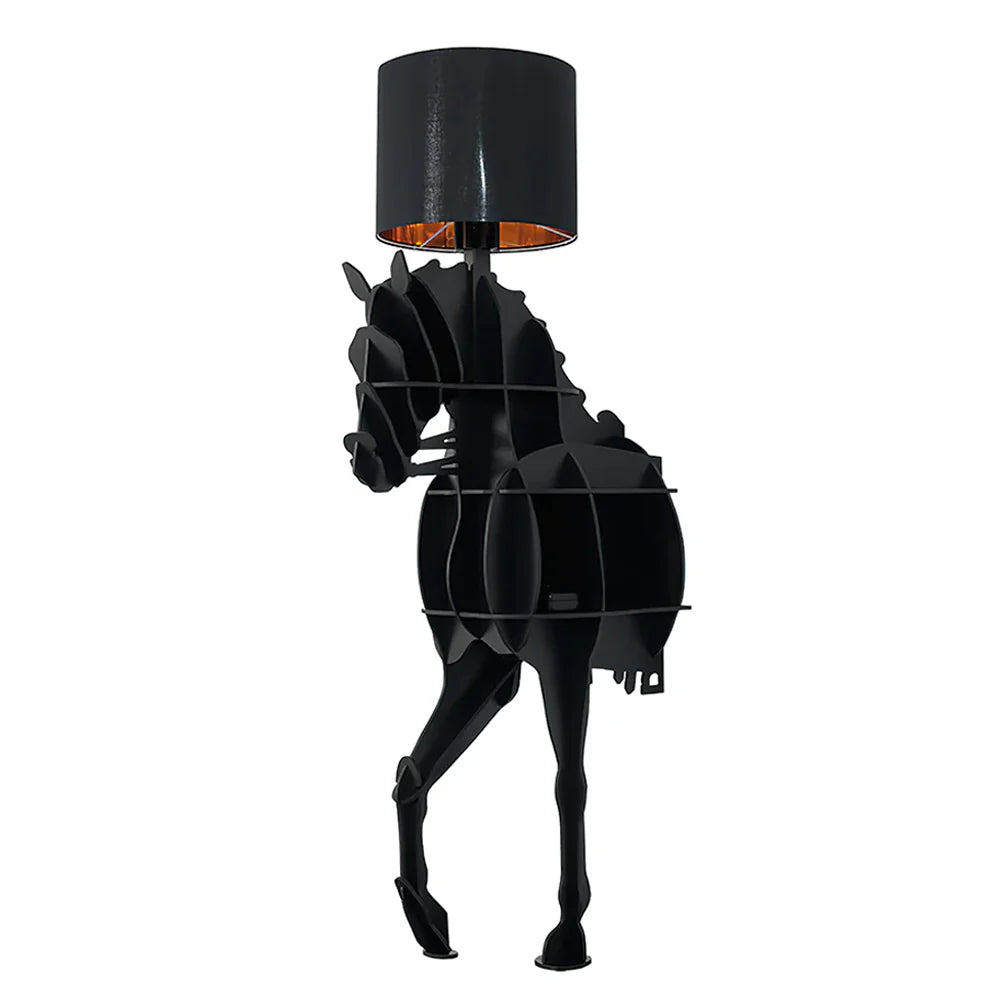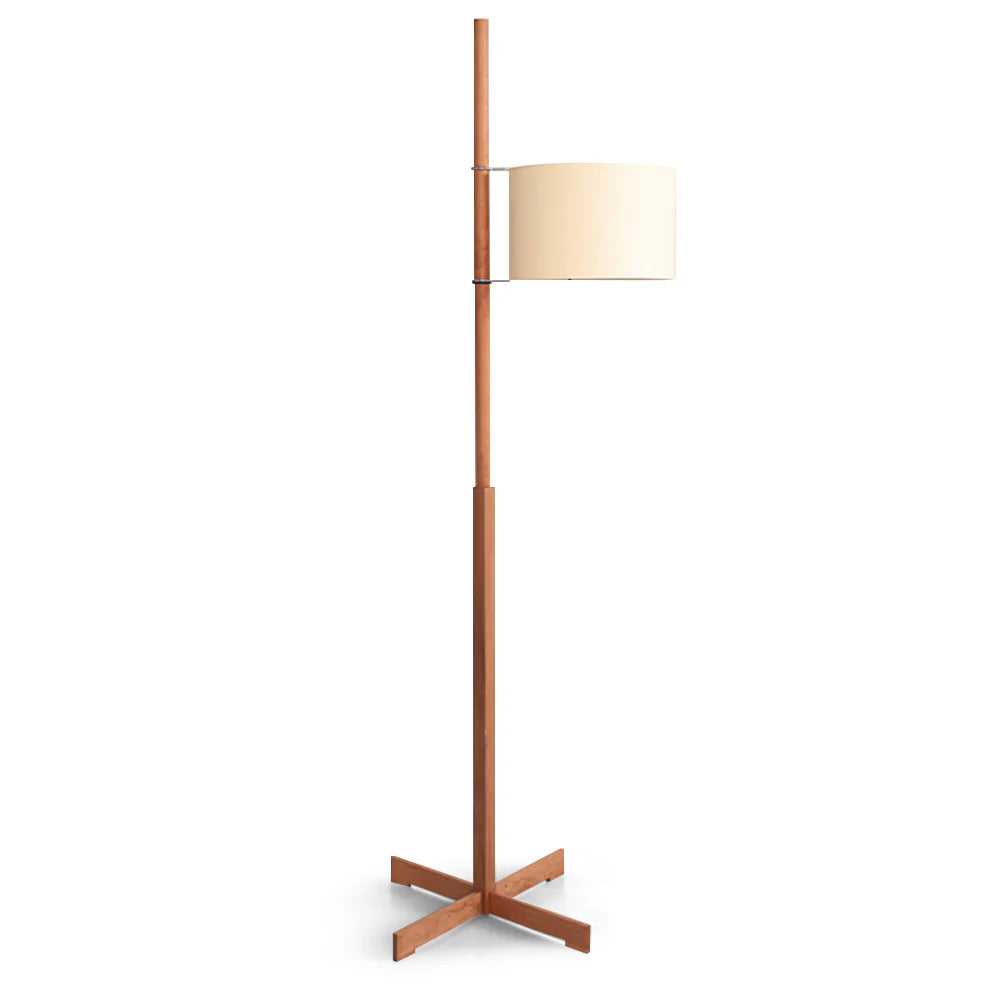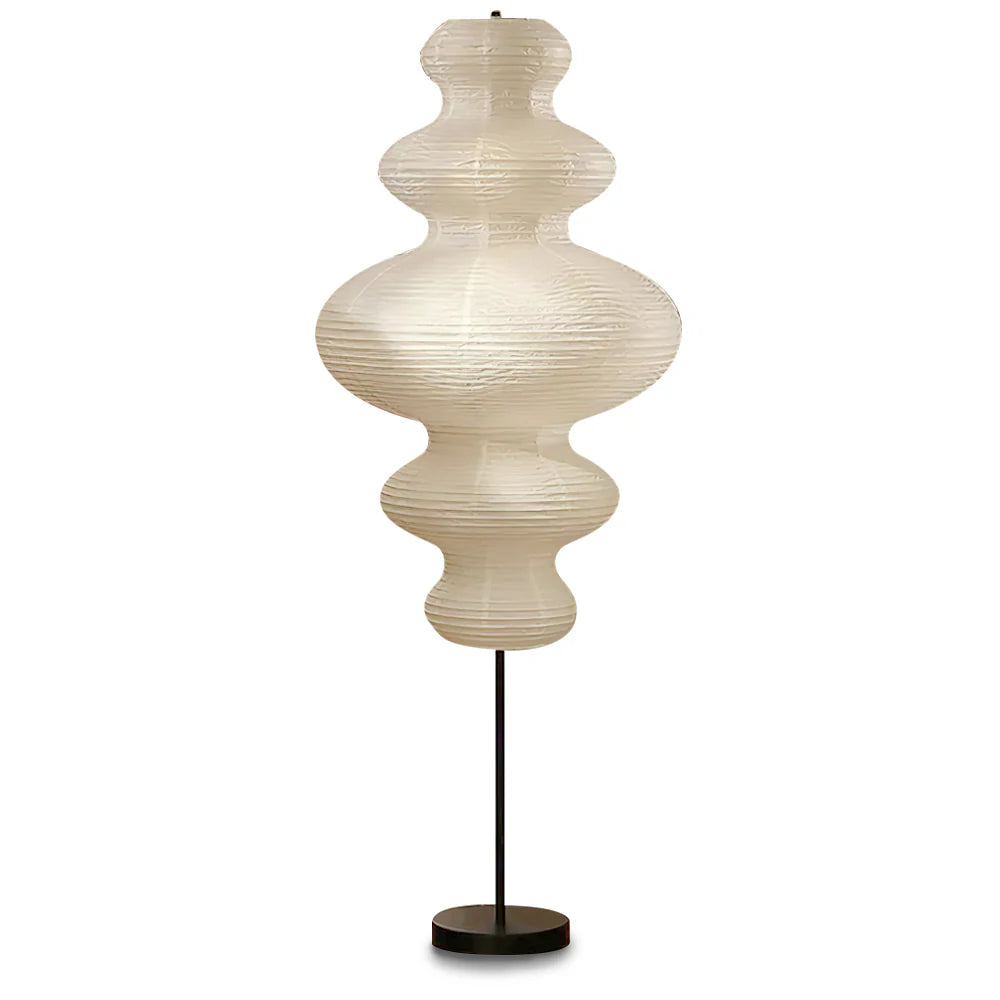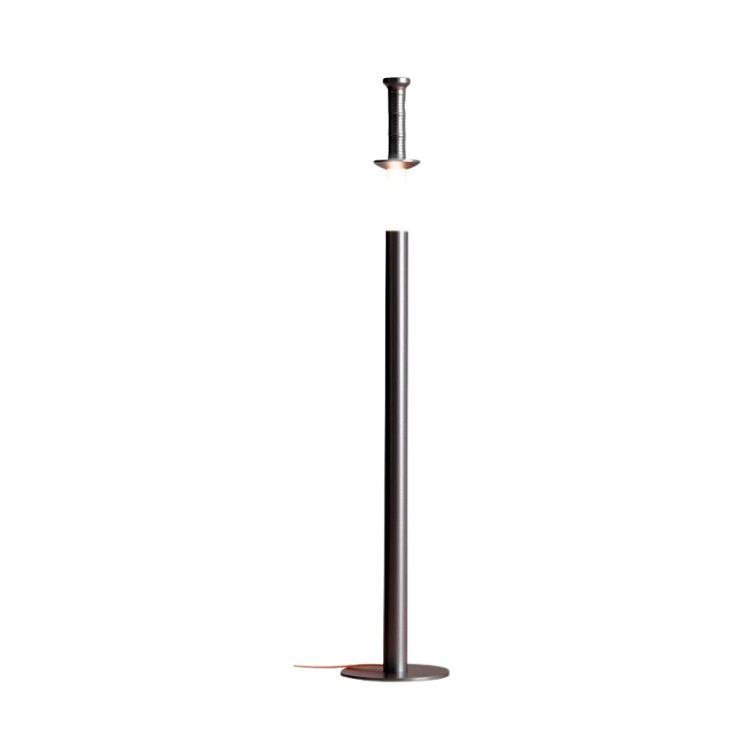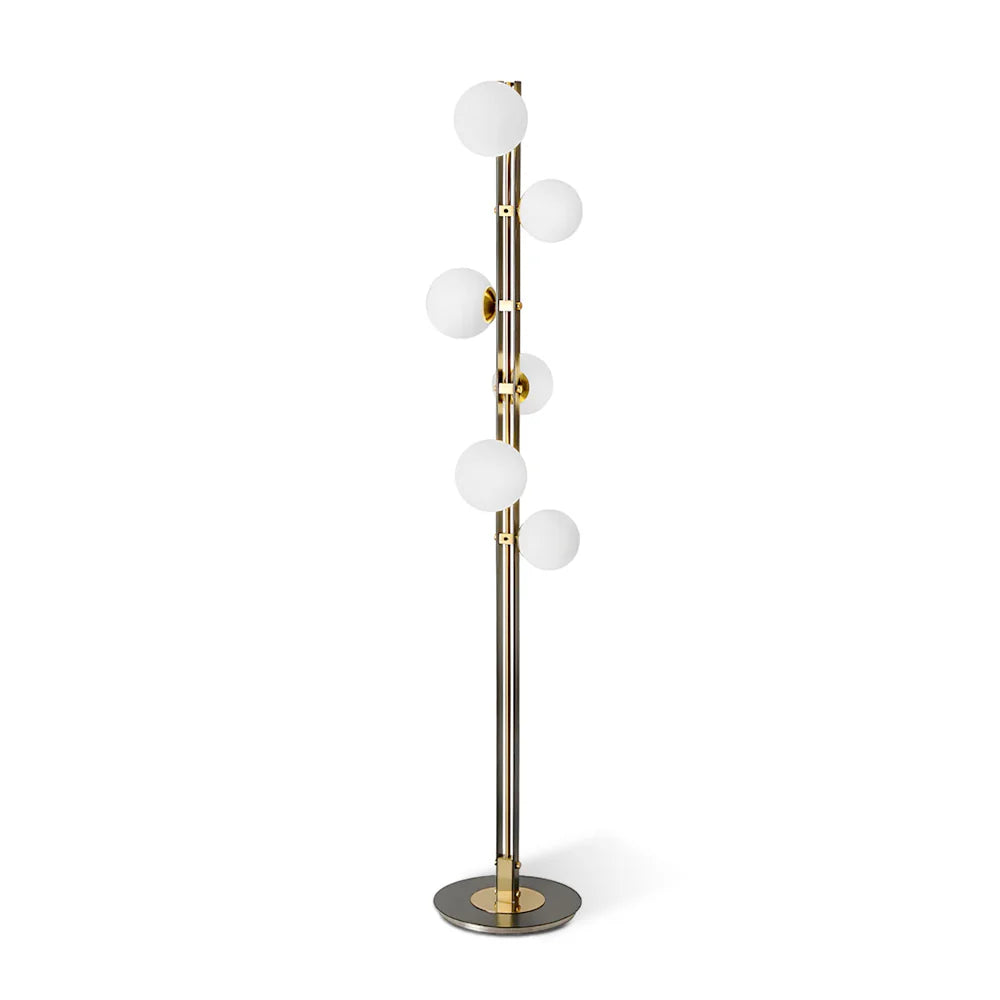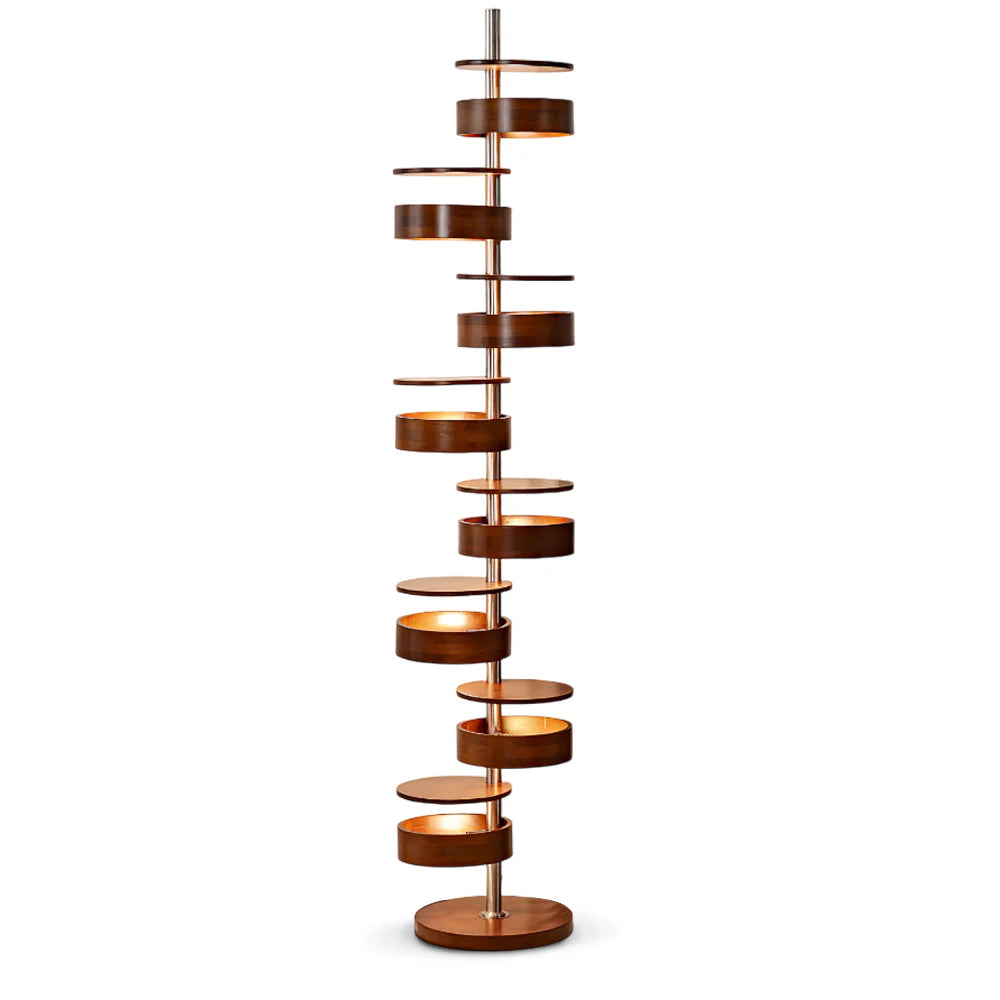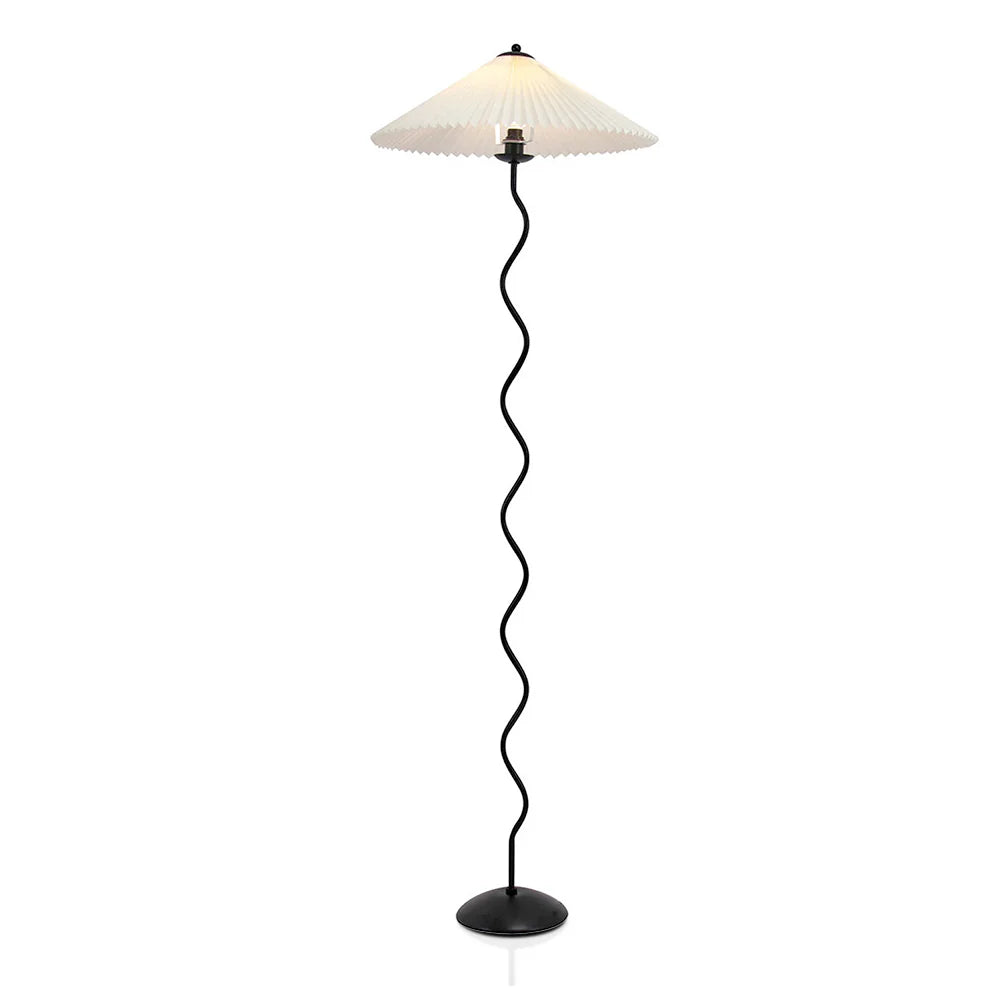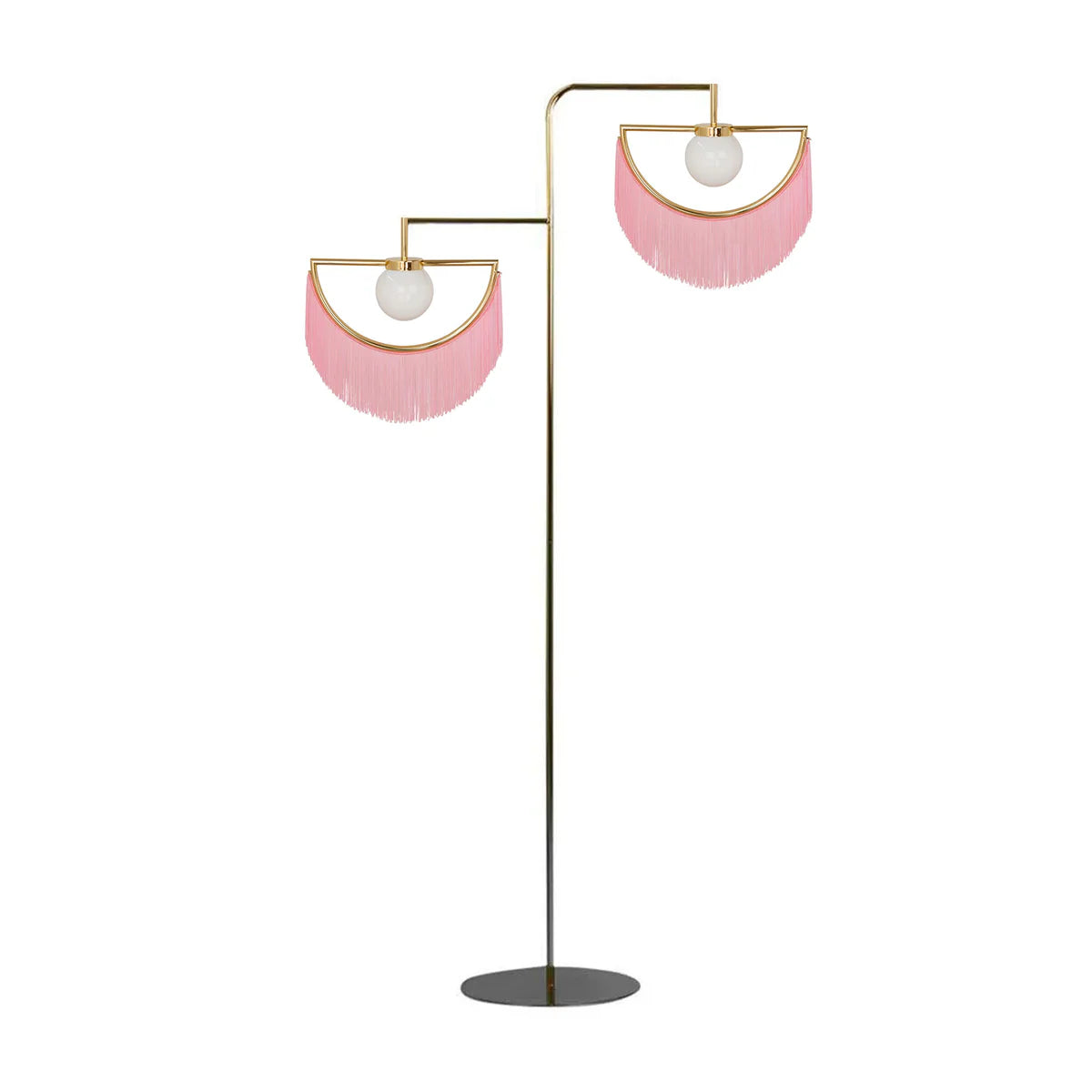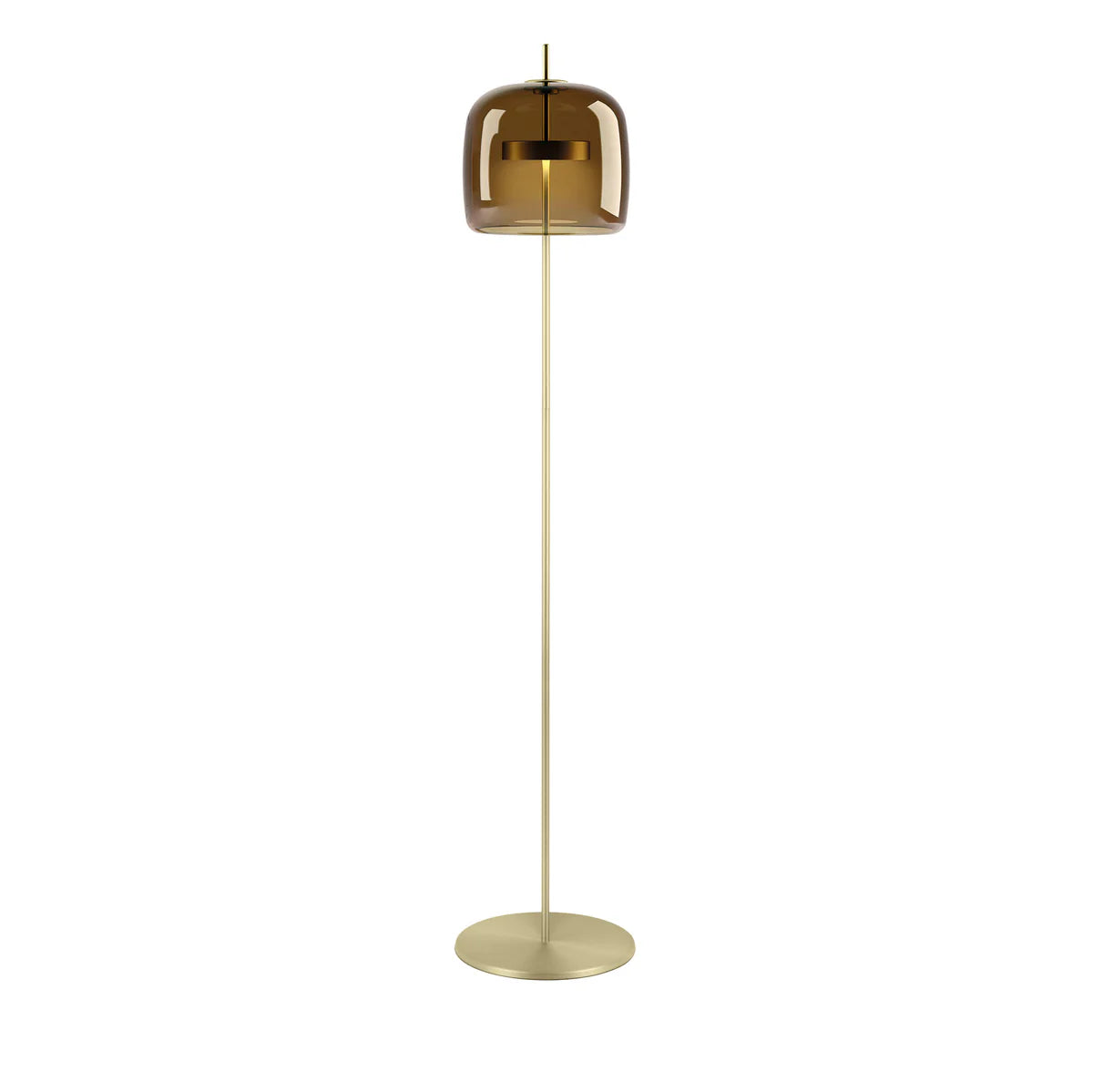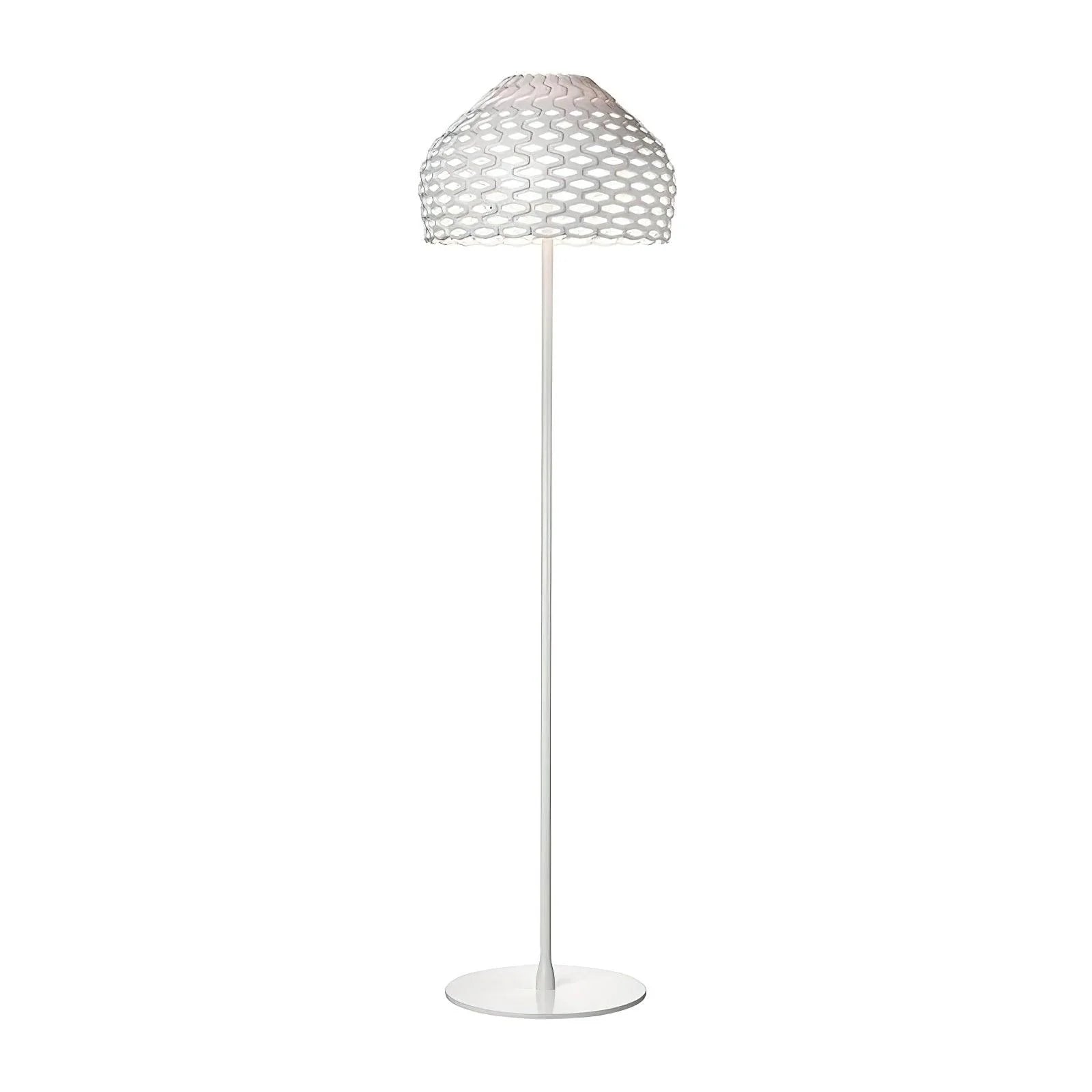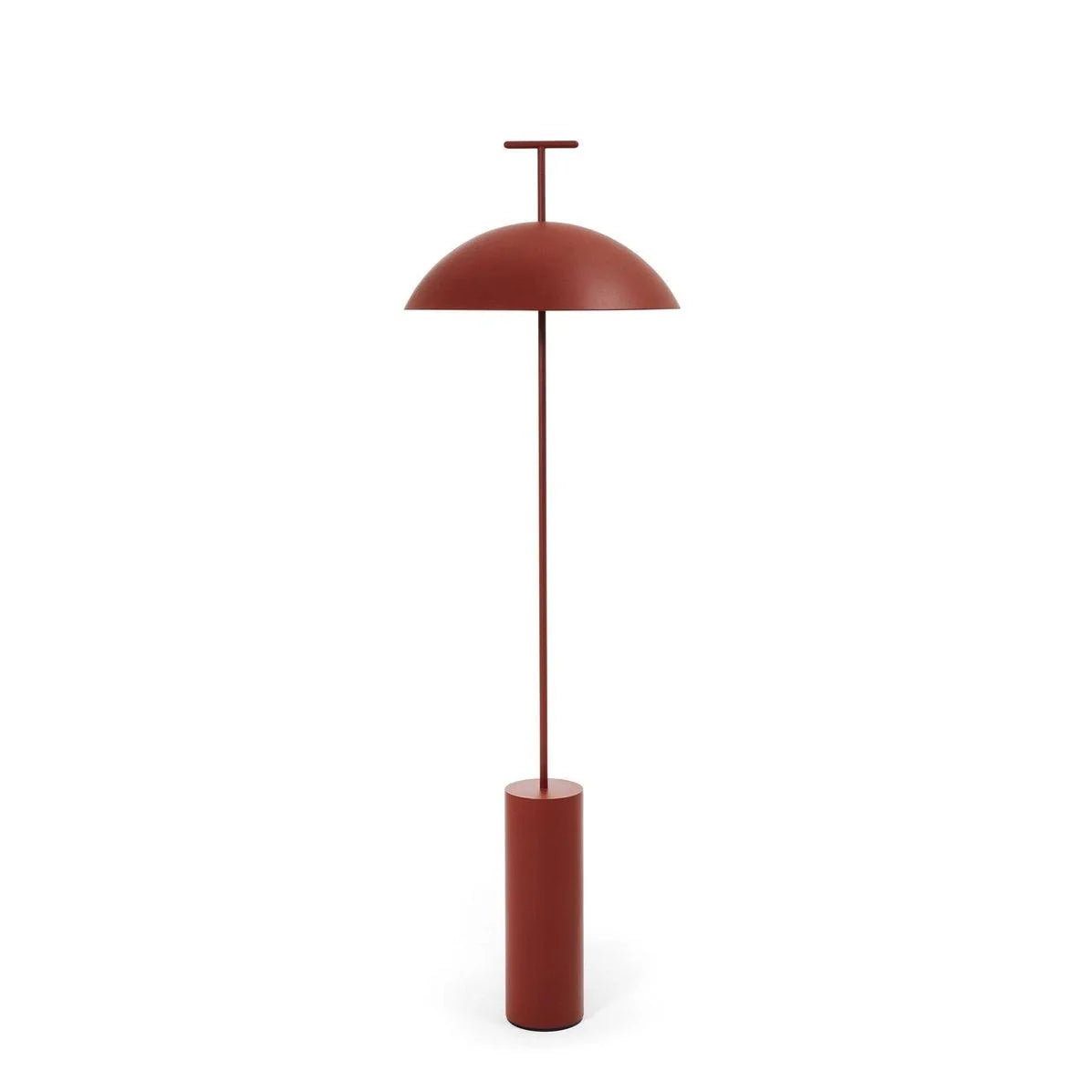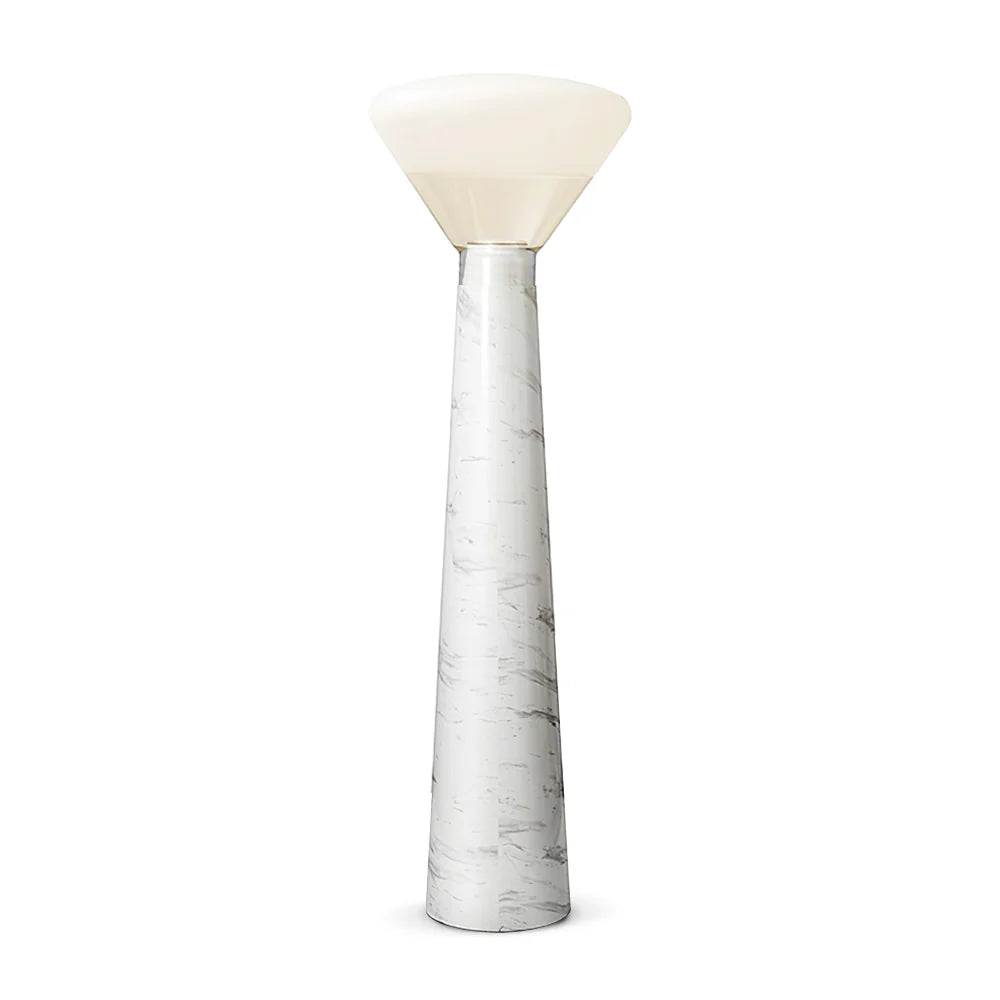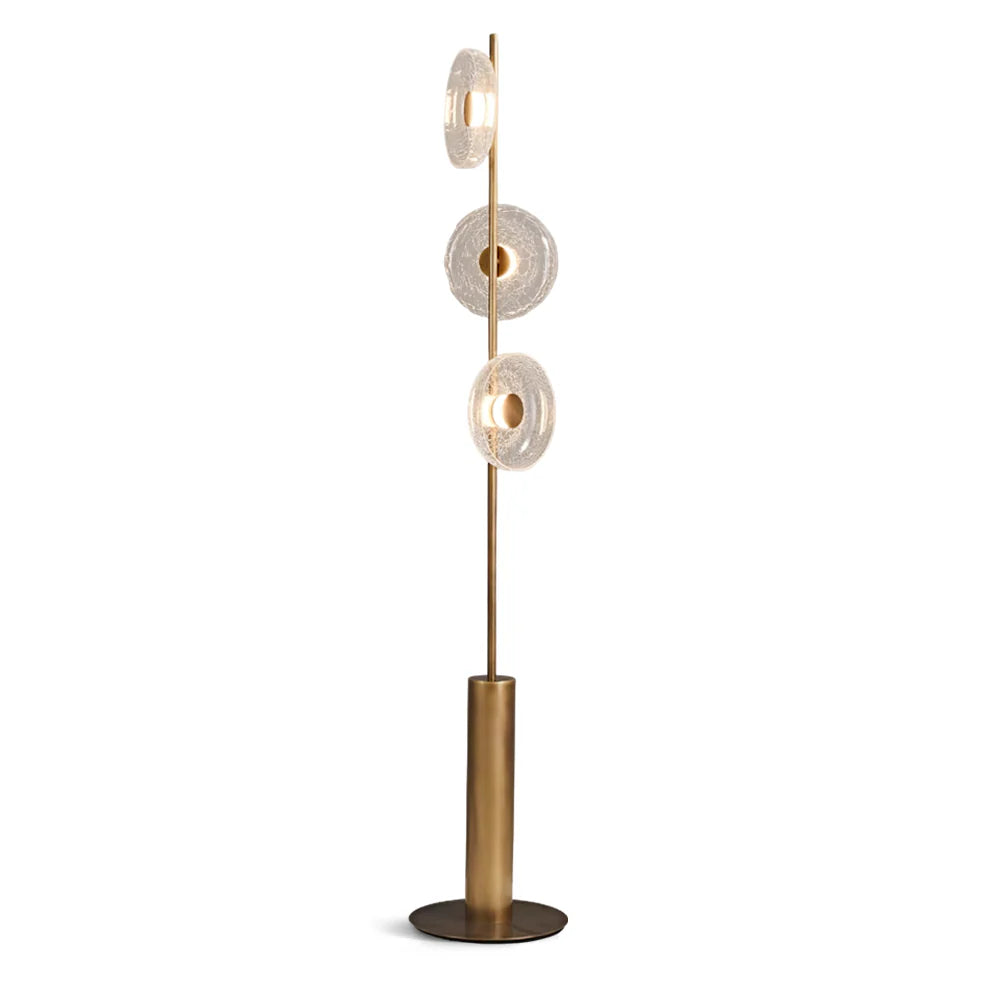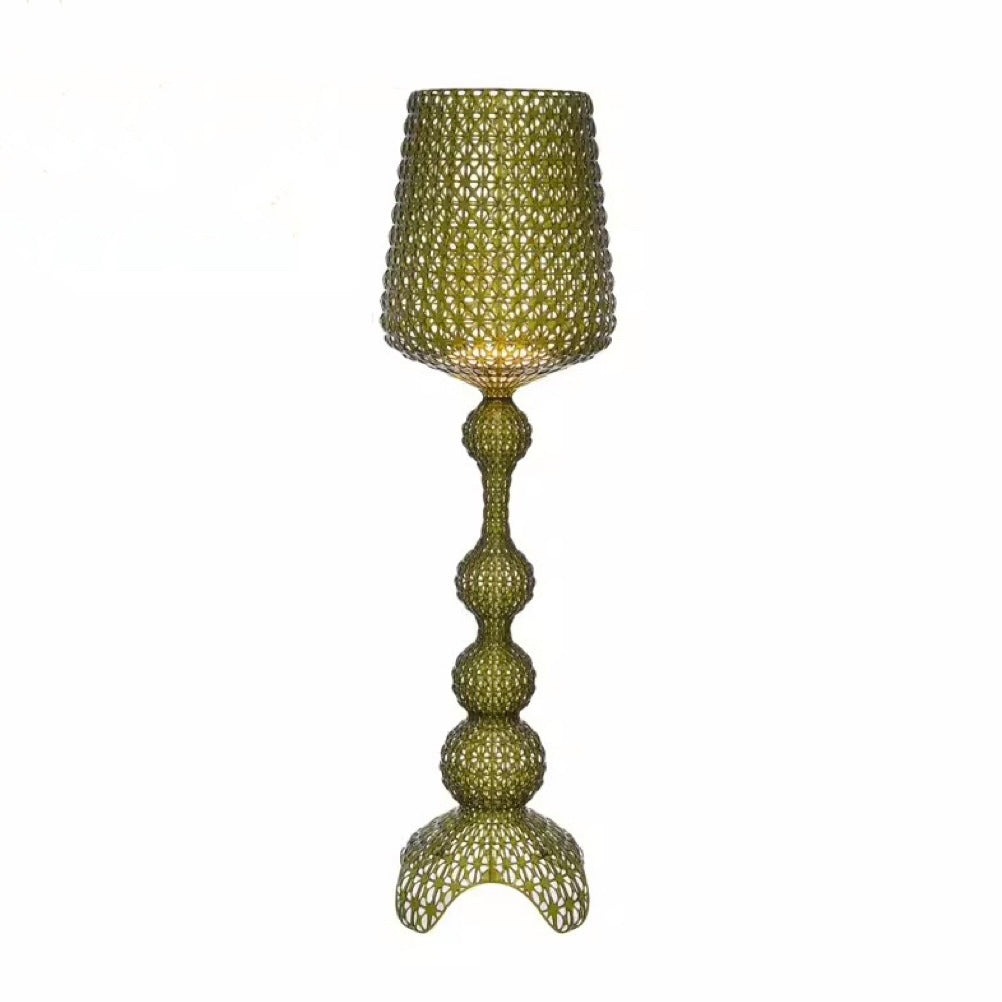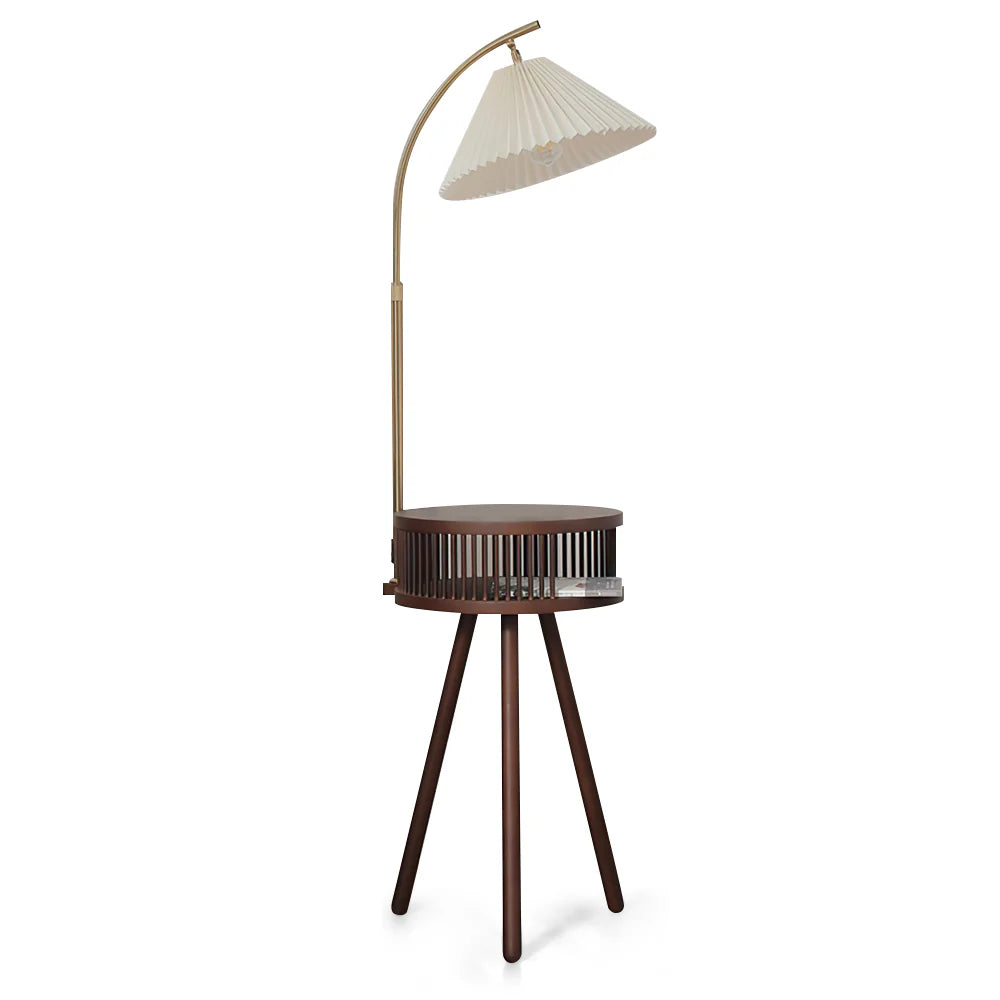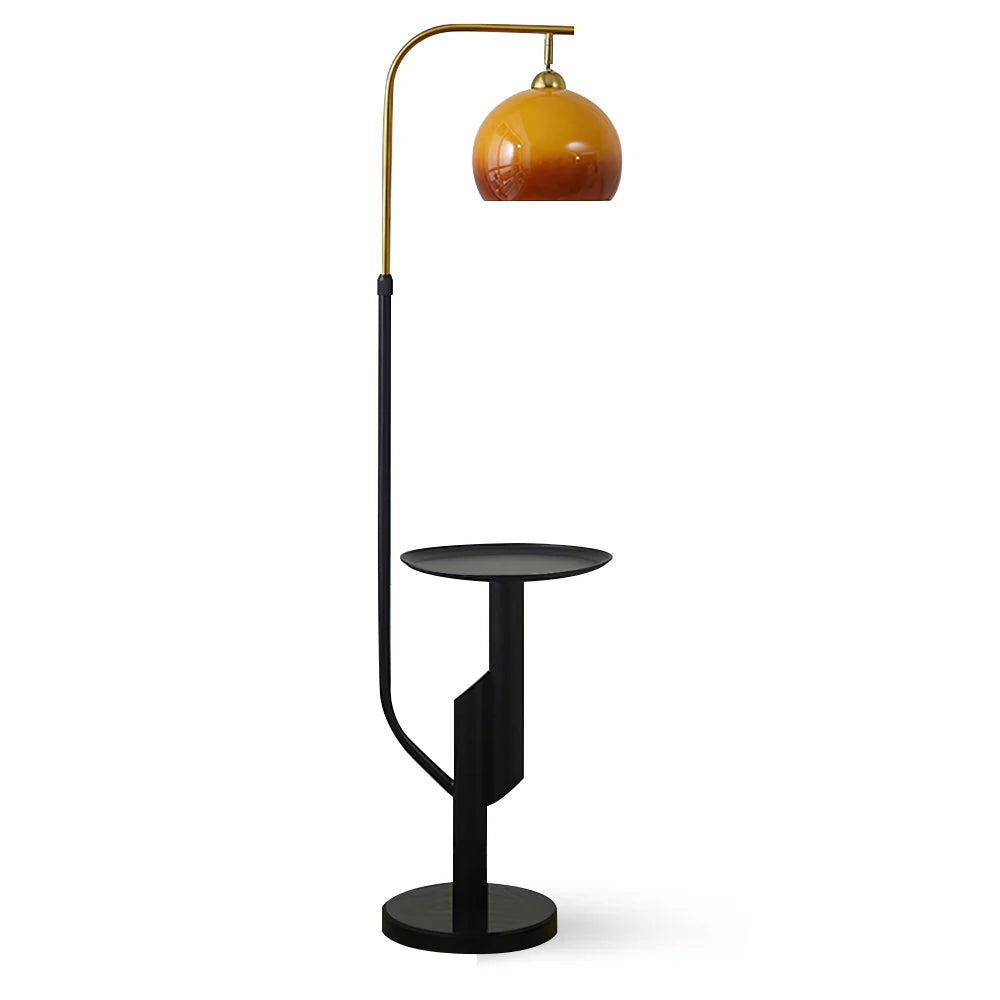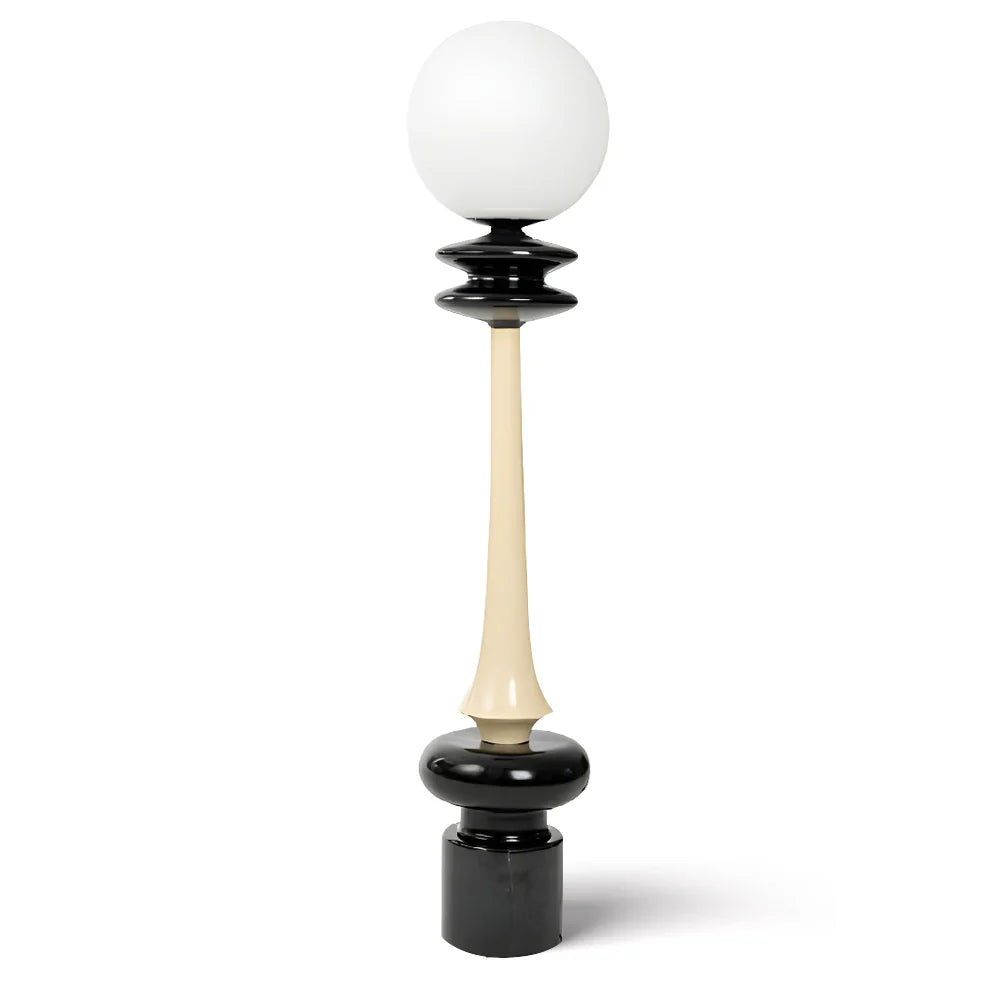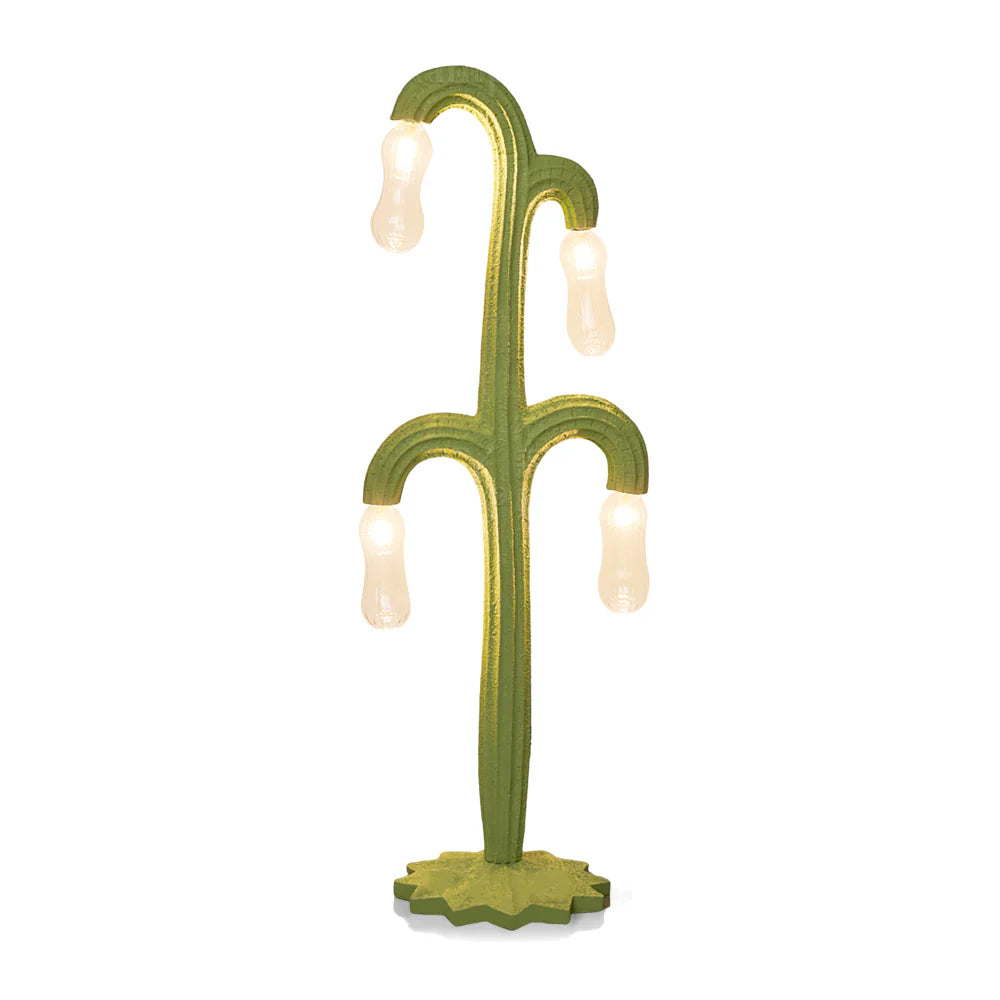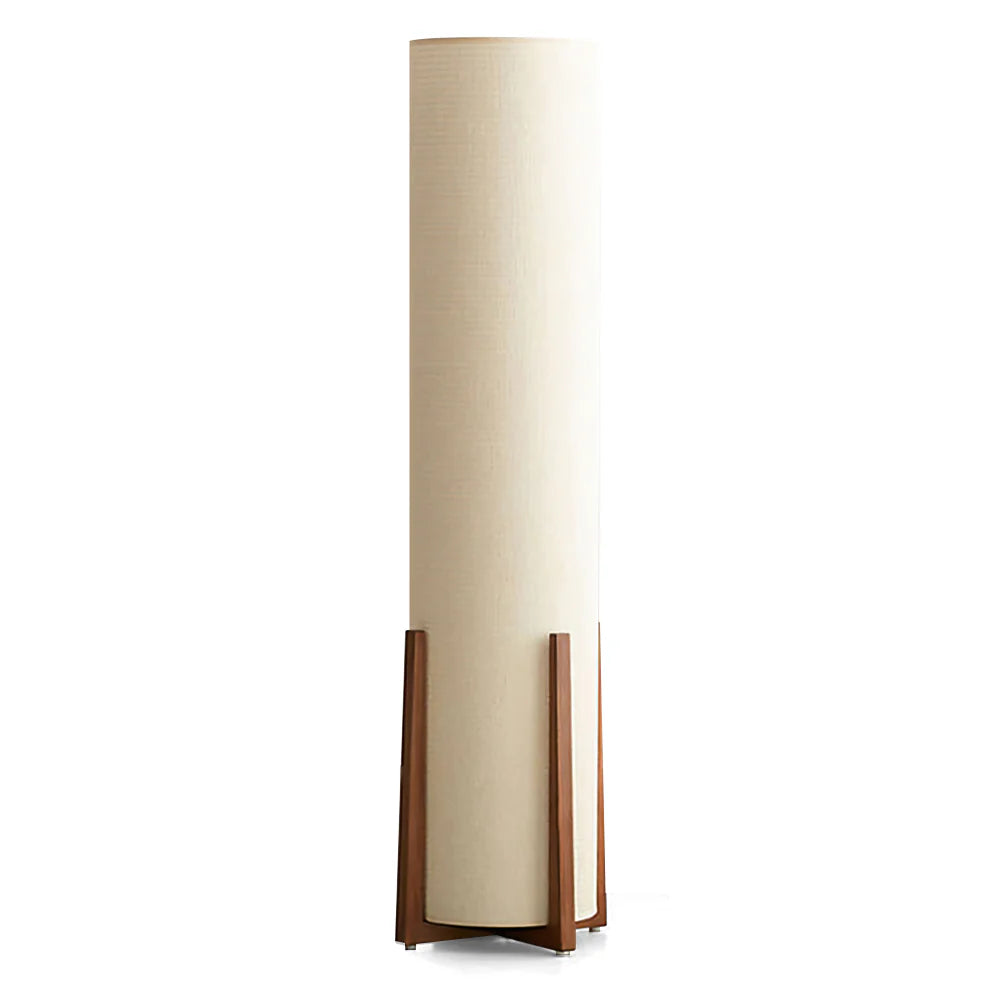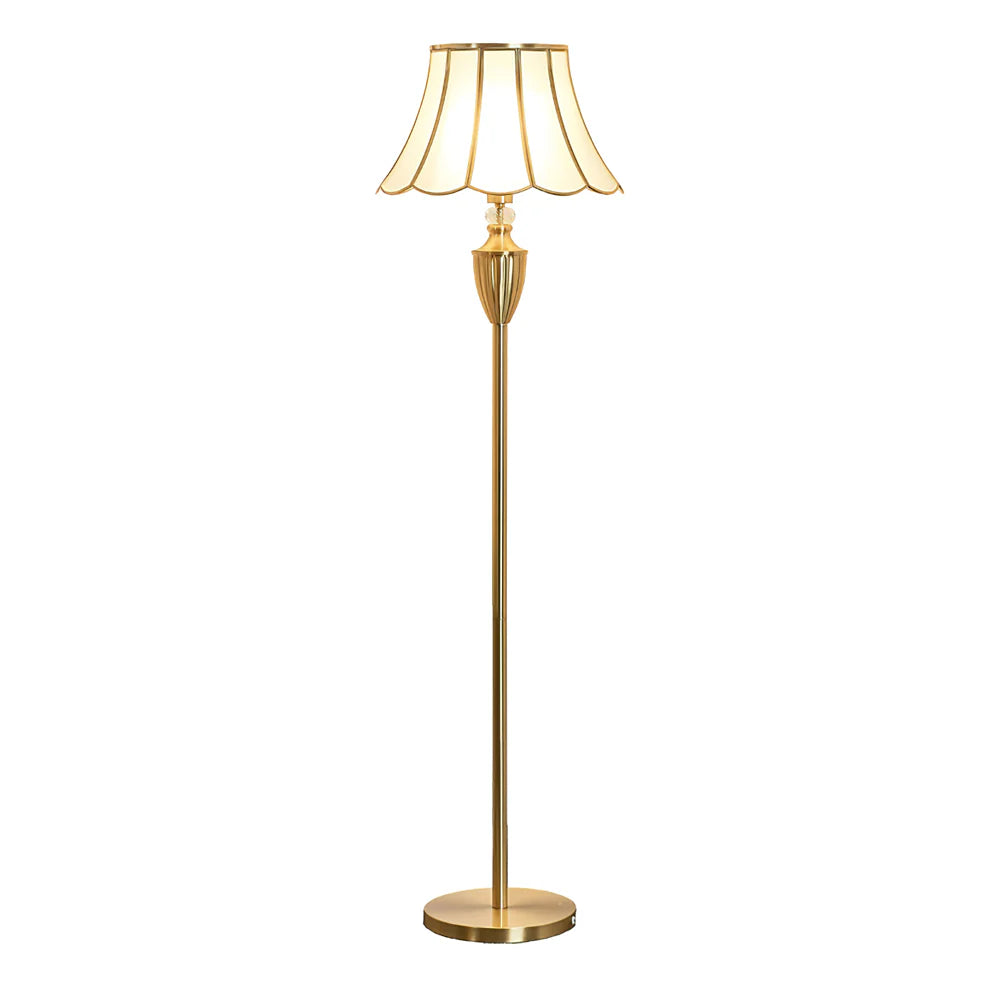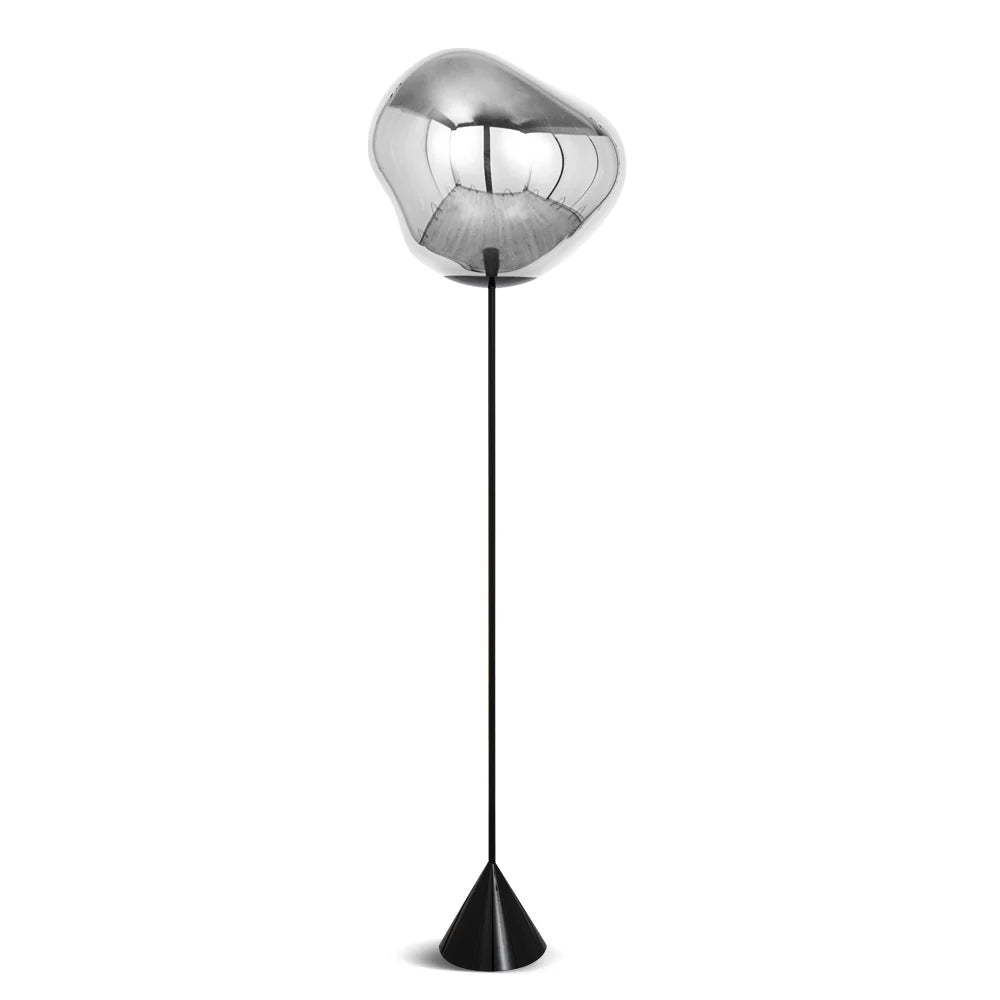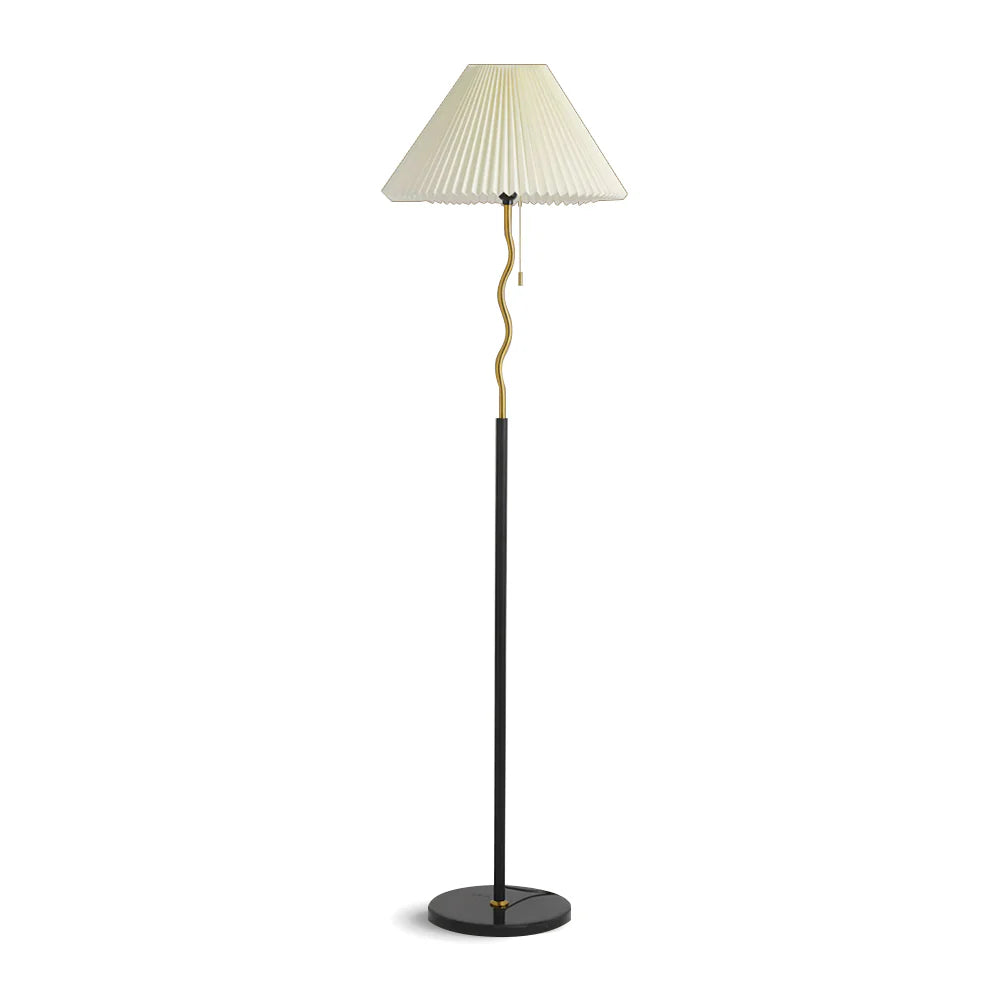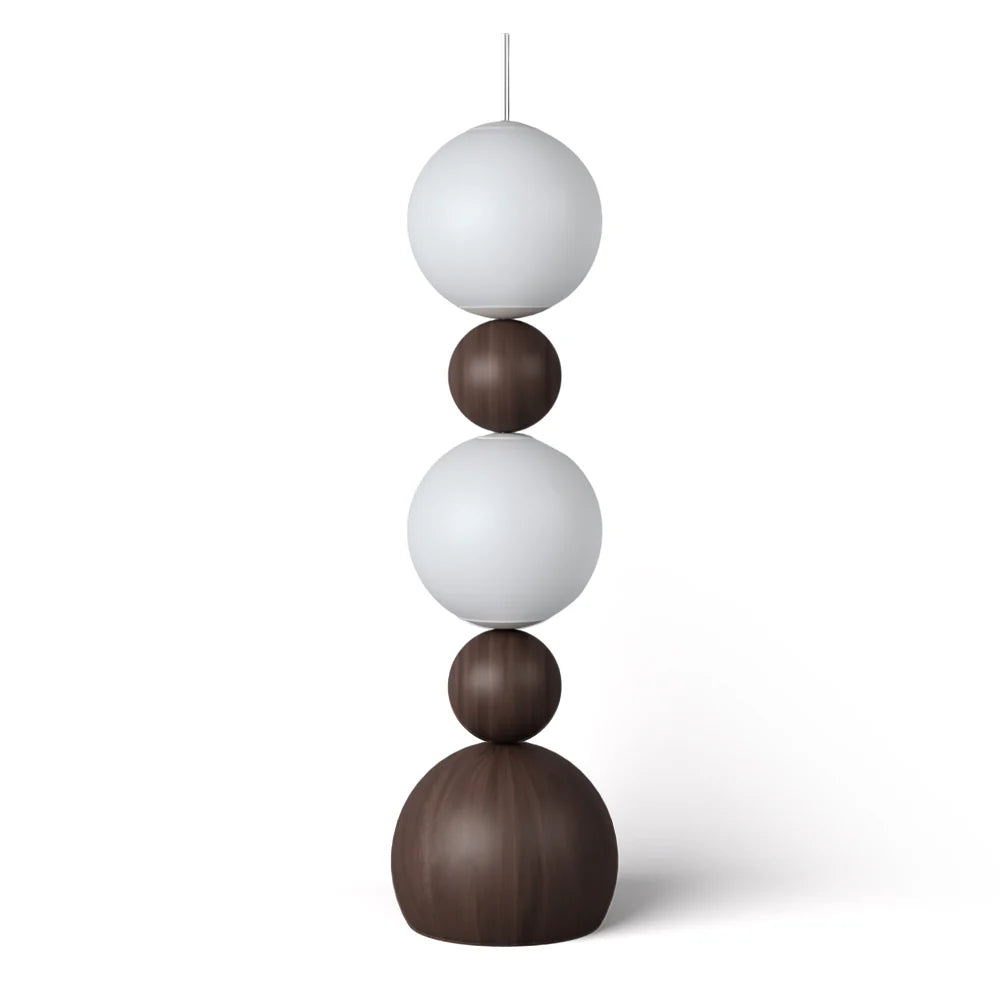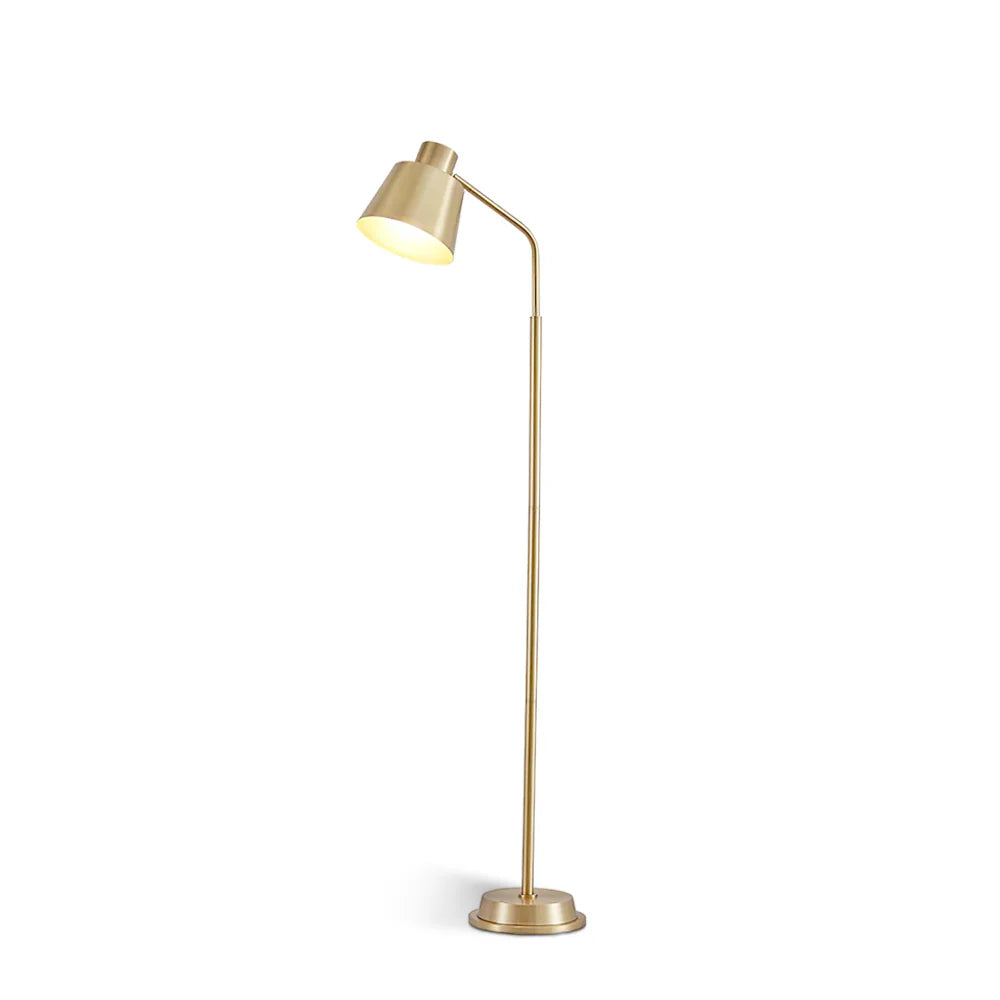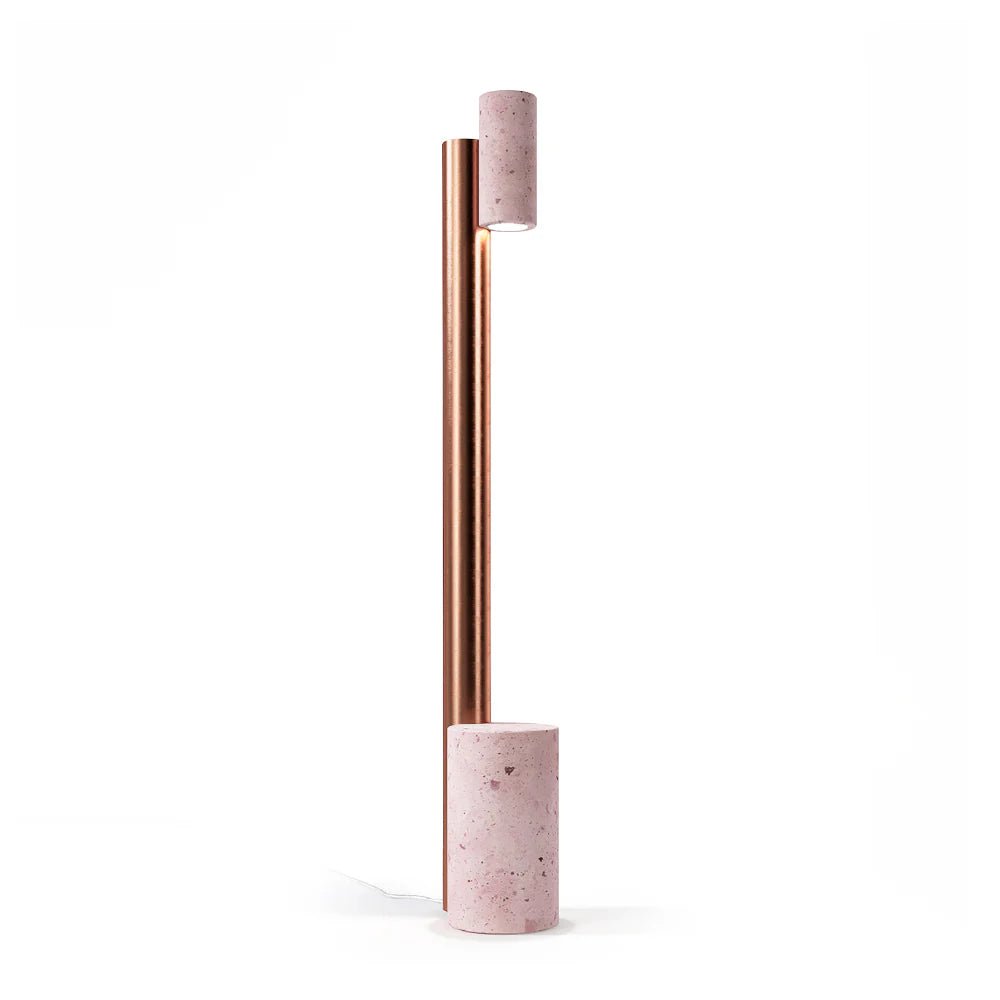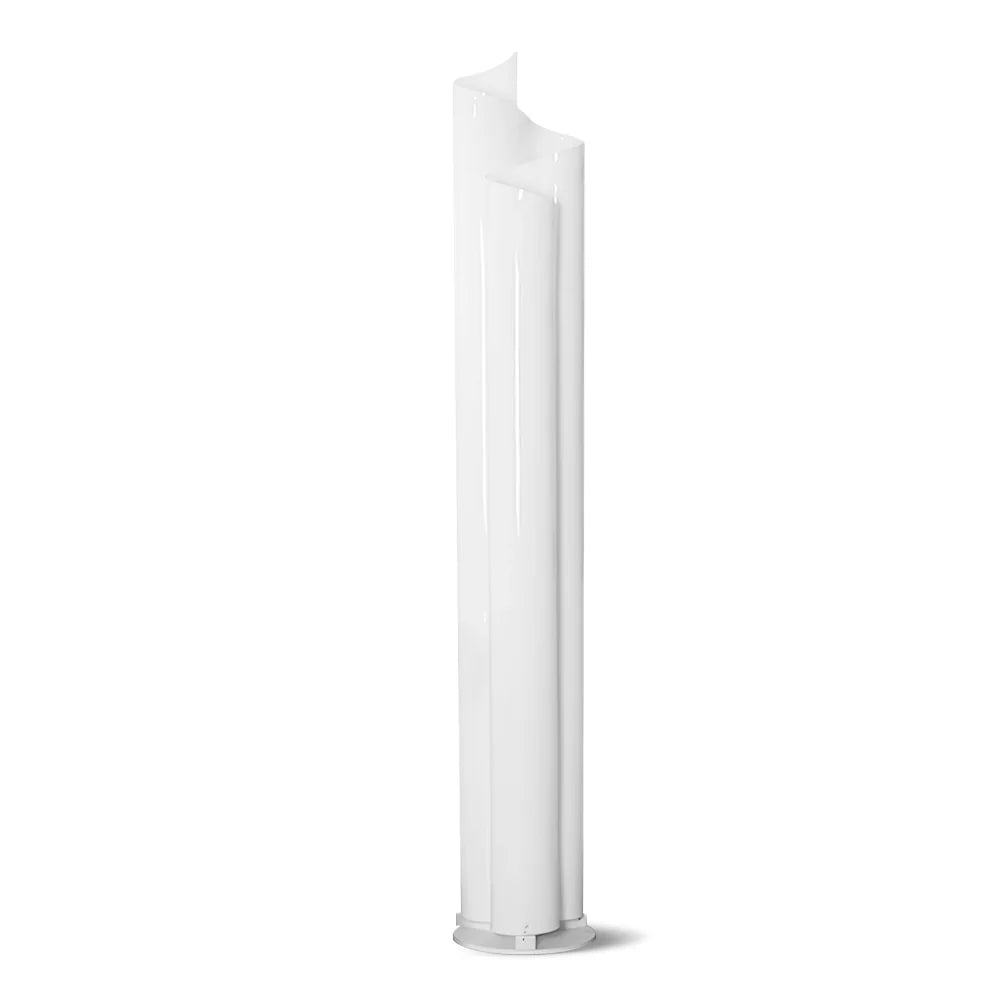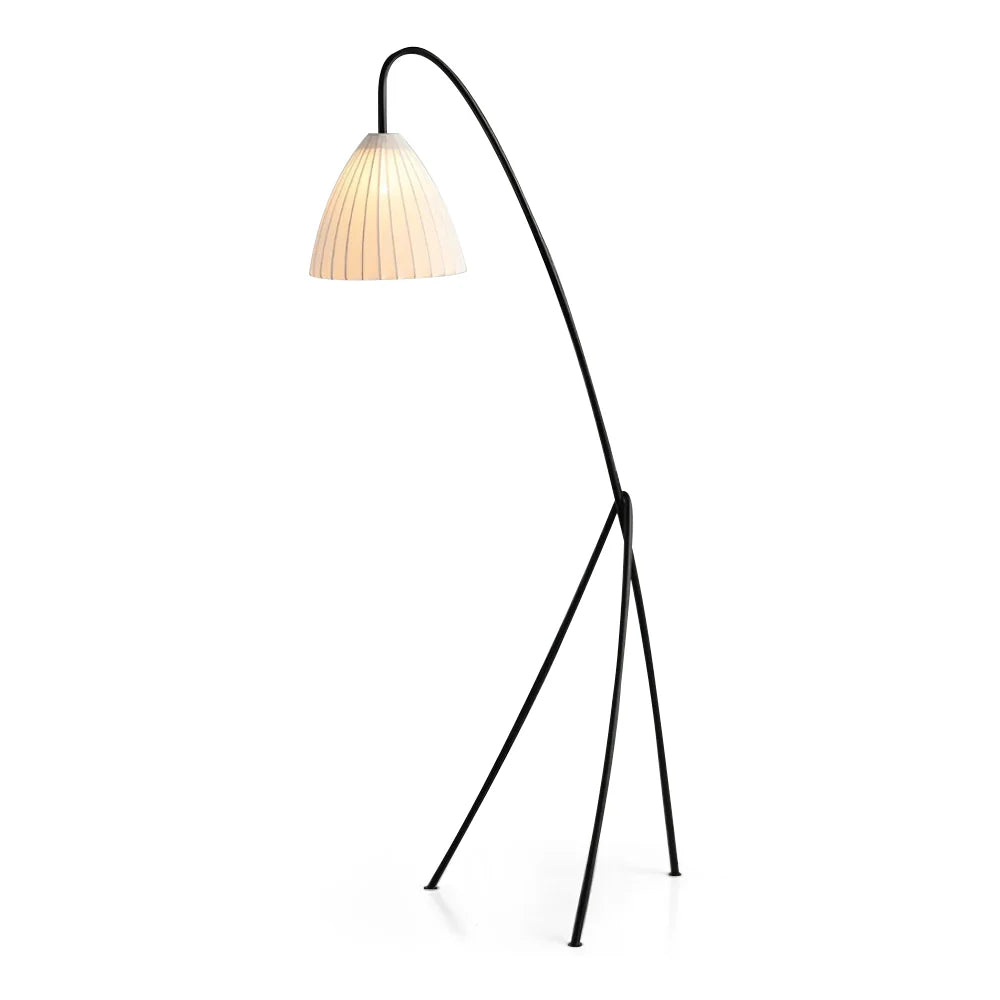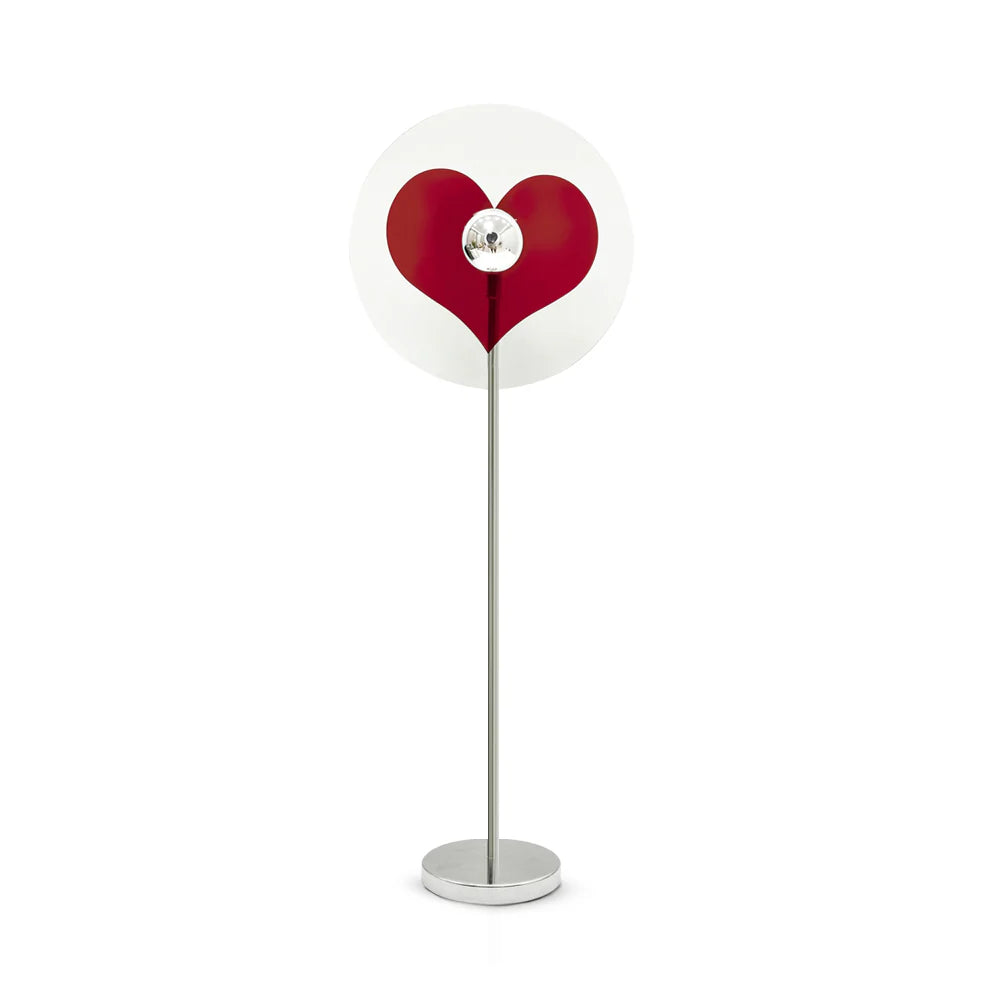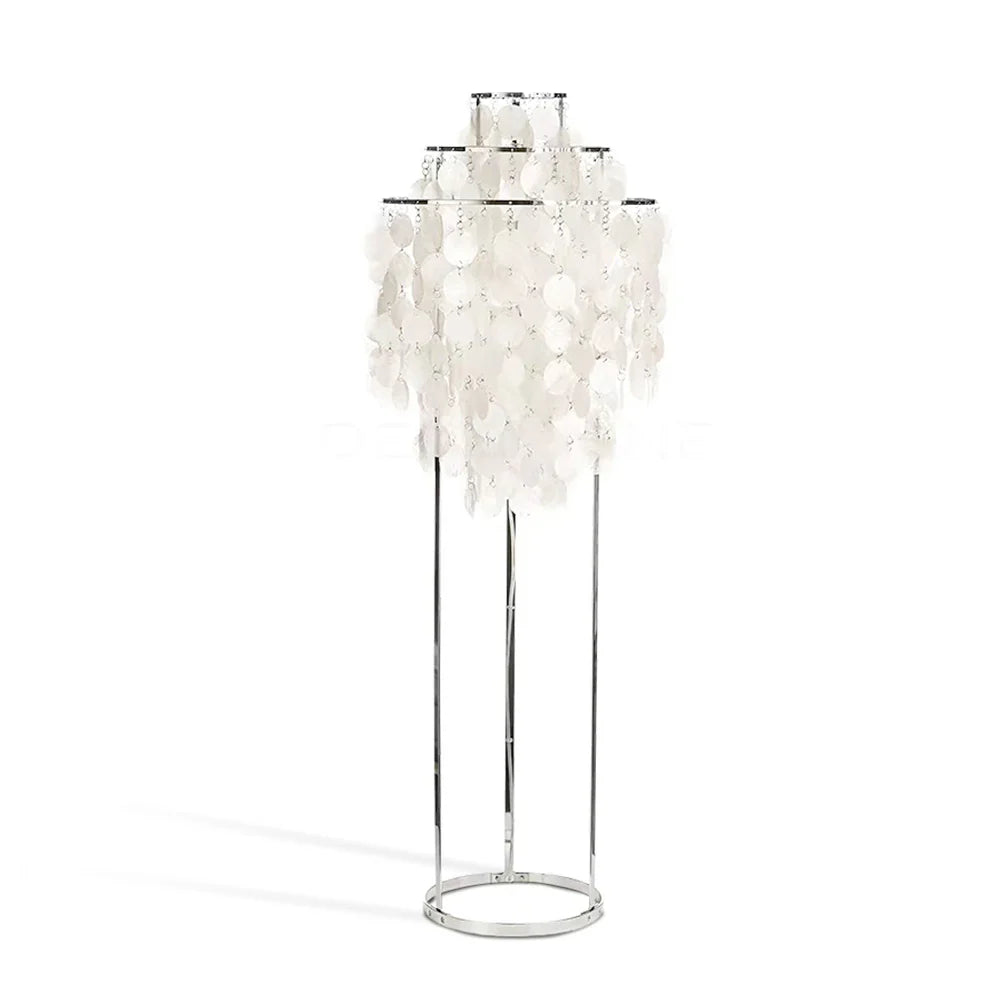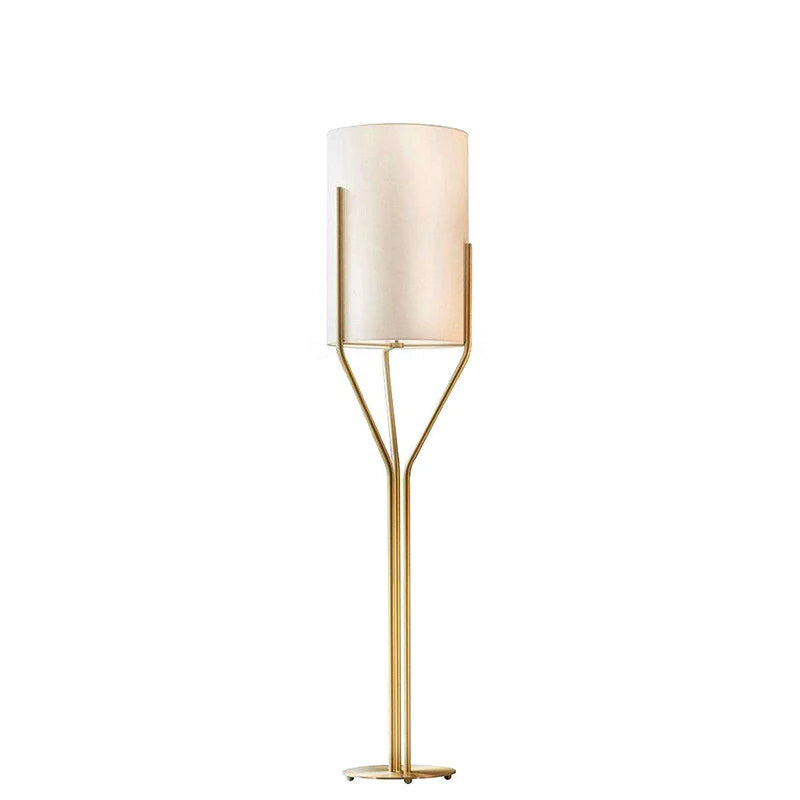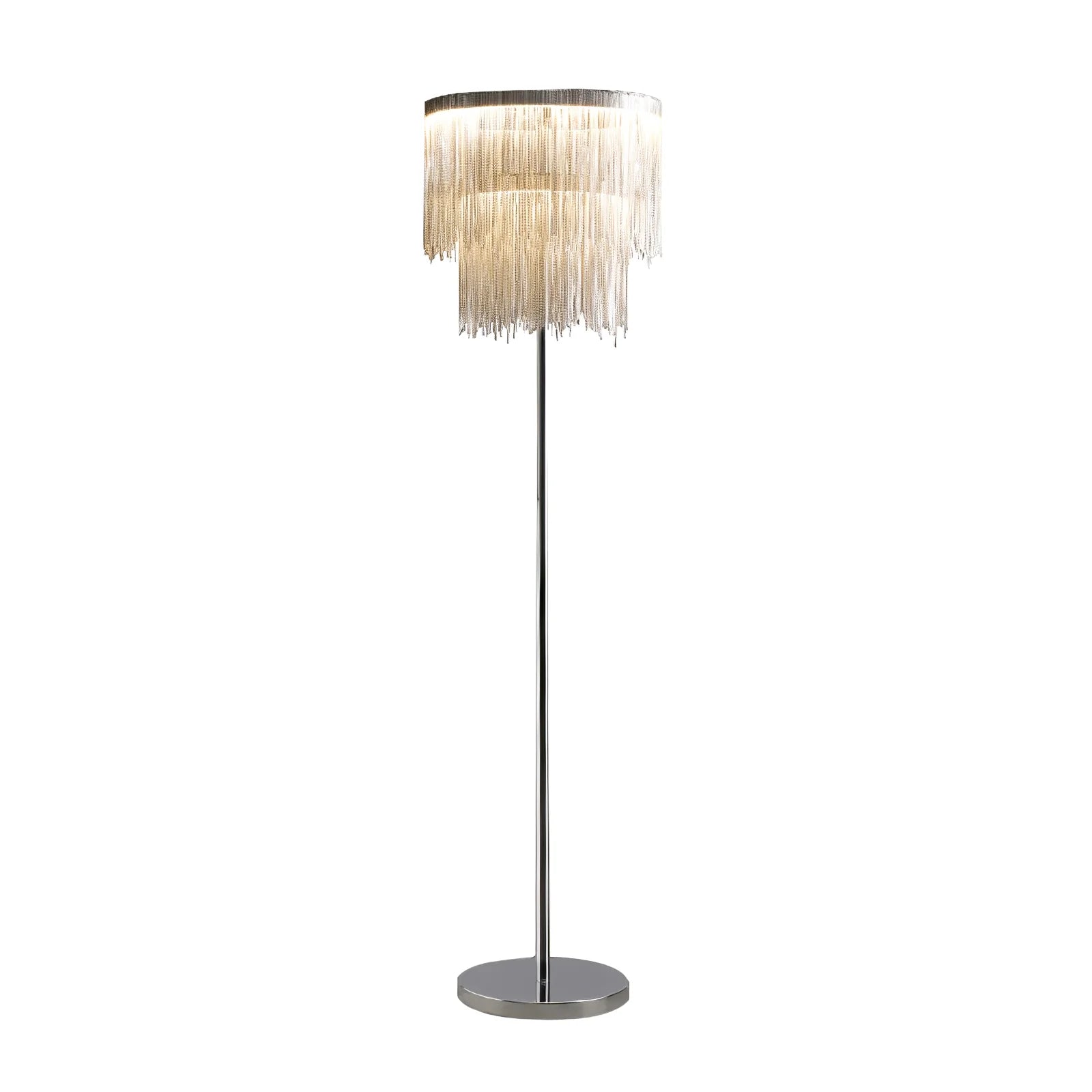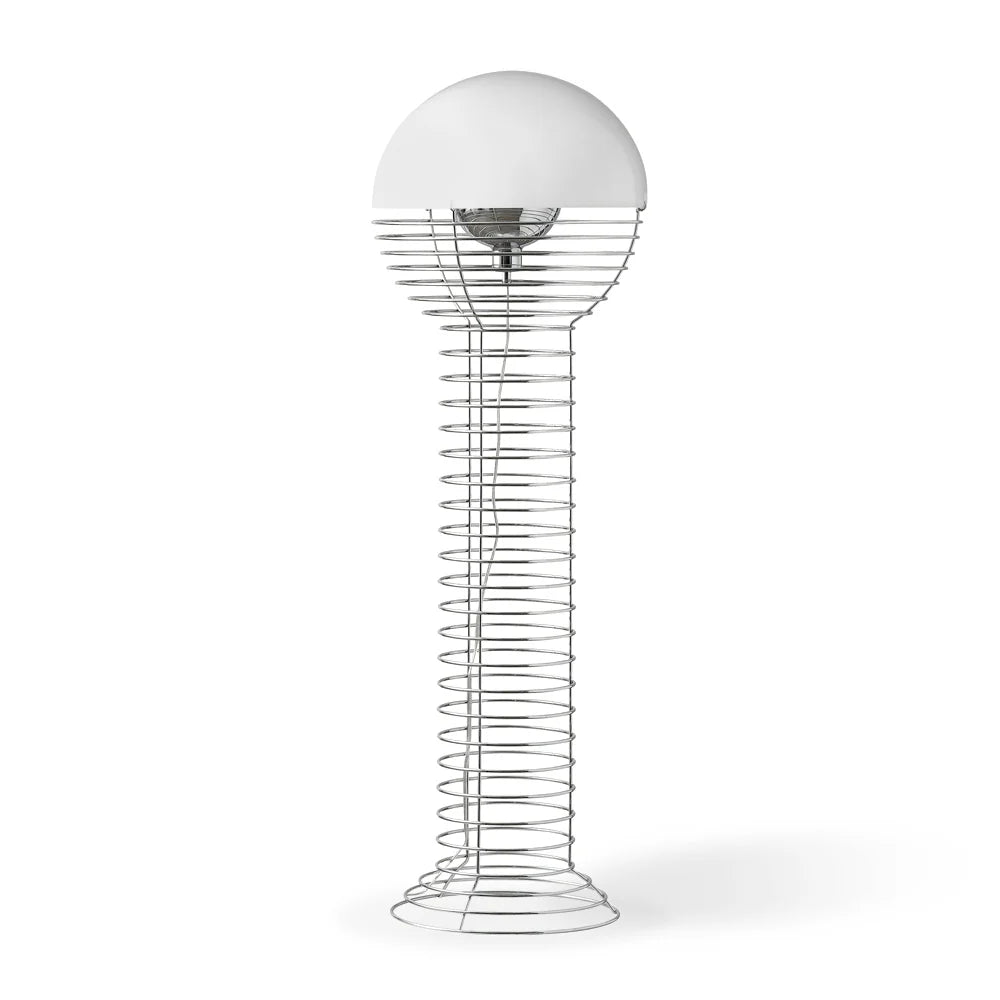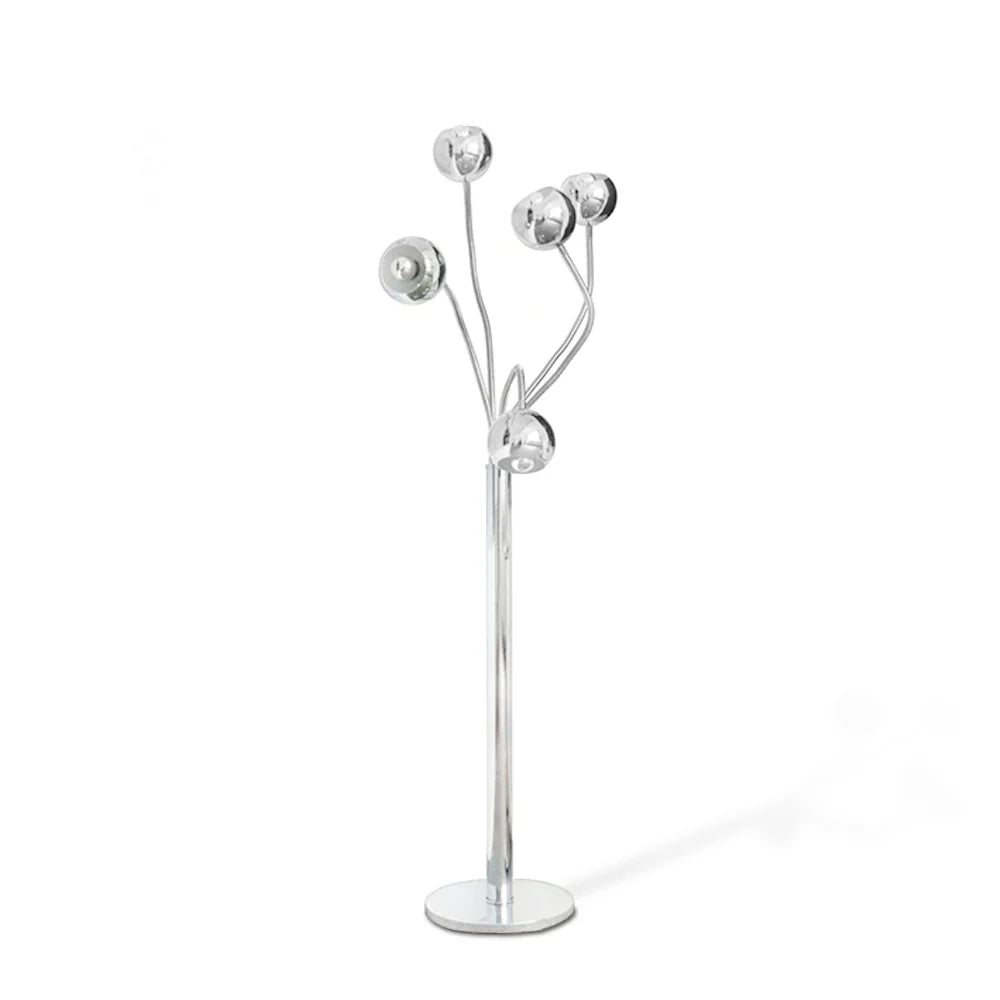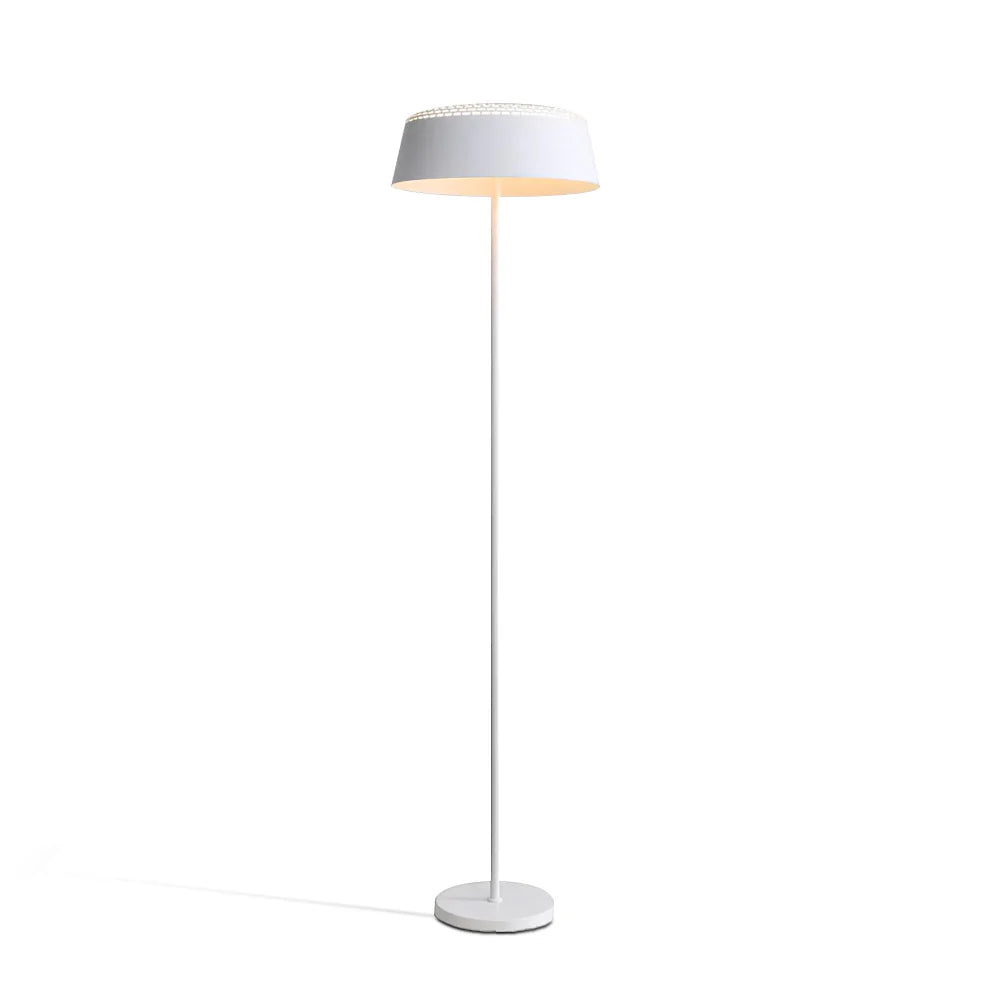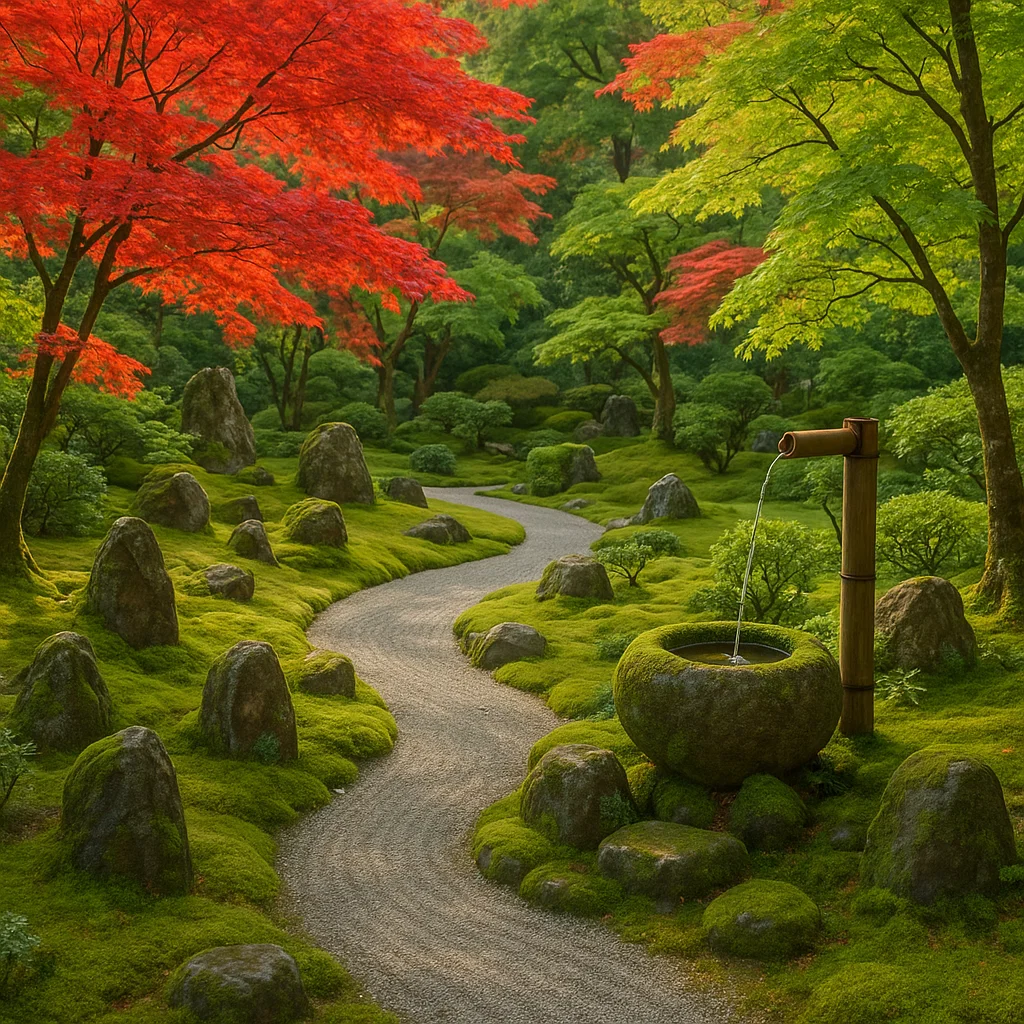
Creating Calm: How to Design a Japanese-Style Garden in Your Backyard

A fascinating study published in Frontiers in Neuroscience found that simply gazing at a well-designed Japanese garden can lower heart rate and boost mood. This calming effect highlights why Japanese gardens have captivated people worldwide with their serene beauty and mindful design.
But what exactly sets a Japanese garden apart from a typical American garden? And how can you create your own peaceful Japanese-style retreat at home, even if your space is small?
Key Differences Between Japanese and Typical American Gardens
-
Philosophy and Purpose
Japanese gardens are designed to evoke tranquility, reflection, and a deep connection to nature. Every element symbolizes something—whether it’s water representing renewal or stones symbolizing mountains. American gardens often focus more on colorful flower beds, lawns, and ornamental plants, emphasizing display and variety rather than contemplation. -
Design Elements
Japanese gardens use natural materials like rocks, gravel, moss, bamboo, and water features arranged asymmetrically to mimic nature’s imperfections. Paths are winding, encouraging slow movement and mindfulness. American gardens tend to use symmetrical layouts, straight paths, and bright flower arrangements.
-
Plant Selection
Japanese gardens favor evergreen plants, moss, and carefully pruned trees such as Japanese maple and pine, which provide year-round structure. Flowers are typically minimal and seasonal, supporting the garden’s understated elegance. American gardens often include a wide variety of flowering plants that bloom throughout different seasons. -
Water and Stone
Water features—like koi ponds, small streams, or stone basins—are central in Japanese gardens, symbolizing purification and life’s flow. Stones are carefully placed to create balance and represent natural landscapes. In contrast, American gardens might feature fountains or birdbaths but rarely use stones with symbolic intention.
How to Create a Small Japanese-Style Garden in Your Backyard
1. Choose a Quiet Spot
Find a peaceful corner with enough space for a small arrangement. Japanese gardens thrive in places where you can sit or walk slowly and enjoy the scenery.
2. Use Natural Materials
Incorporate gravel or sand for the ground, creating patterns with a rake if space allows (inspired by Zen rock gardens). Add smooth stones or stepping stones to guide visitors through the garden. 
3. Incorporate Water Elements
If possible, add a small water basin or fountain with gentle sounds to enhance tranquility. Even a simple bowl with floating leaves or flowers can work.
4. Select Plants Carefully
Choose evergreen shrubs, moss, and small trees like Japanese maple or bamboo. Keep flower choices minimal—consider seasonal blooms such as cherry blossoms or camellias.
5. Add Decorative Screens or Bamboo Fencing
Use bamboo screens or fences to create privacy and enclose the garden space, enhancing the feeling of escape and seclusion.
6. Keep It Simple and Balanced
Avoid overcrowding. The beauty lies in asymmetry and natural imperfections, so arrange elements thoughtfully with plenty of open space.
7. Incorporate a Seating Area
Add a simple bench or stone seat where you can sit quietly and appreciate the garden’s calming effects. 
Expert Comment
Lena Yamamoto, Certified Landscape Designer
“Japanese gardens are more than just beautiful spaces—they are living expressions of mindfulness and nature’s harmony. By focusing on simplicity, natural materials, and symbolic elements, even a small backyard can become a serene retreat. The key is to let nature guide your design rather than trying to control every detail.”
Final Thoughts
Designing a Japanese-style garden is about creating a space that invites peace and reflection. Whether you have a sprawling backyard or just a tiny nook, applying these principles can help you build a personal sanctuary that benefits both mind and body.



